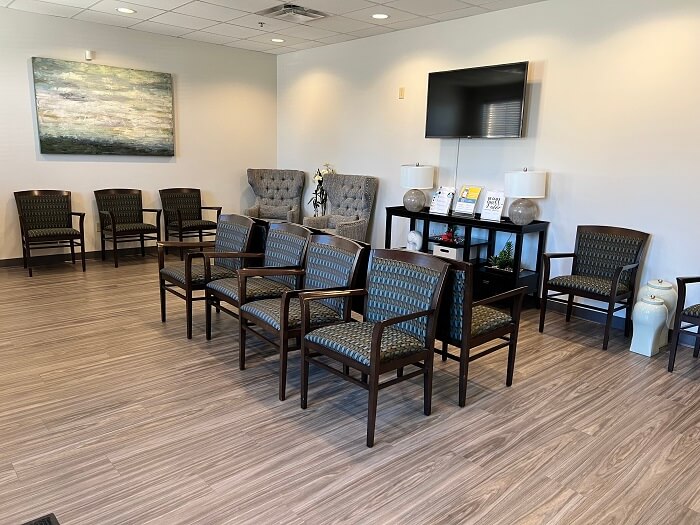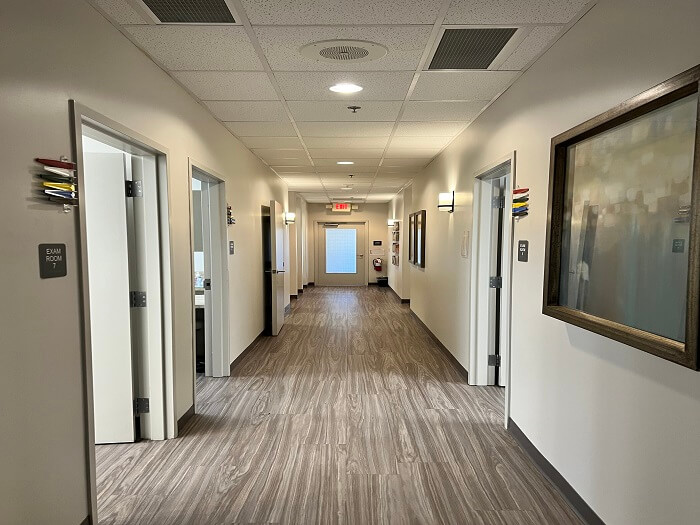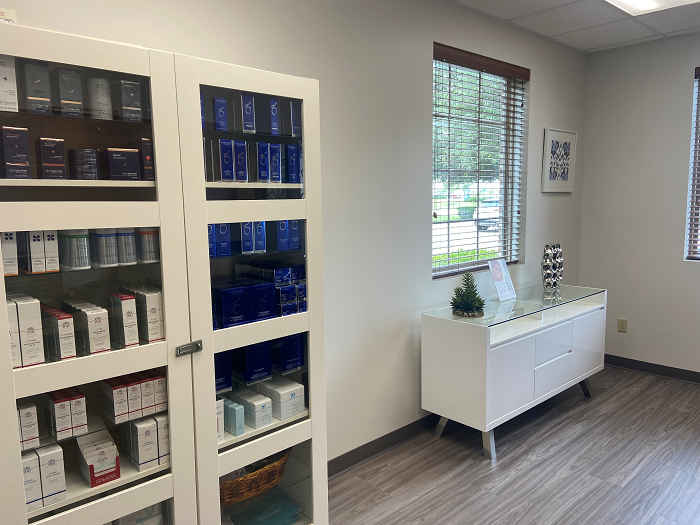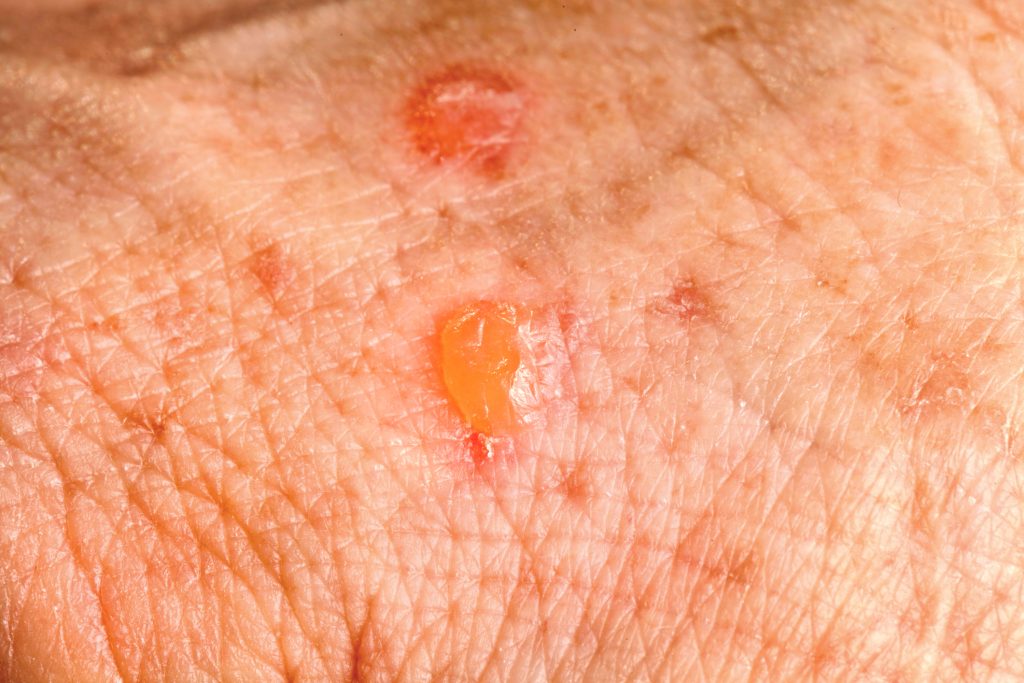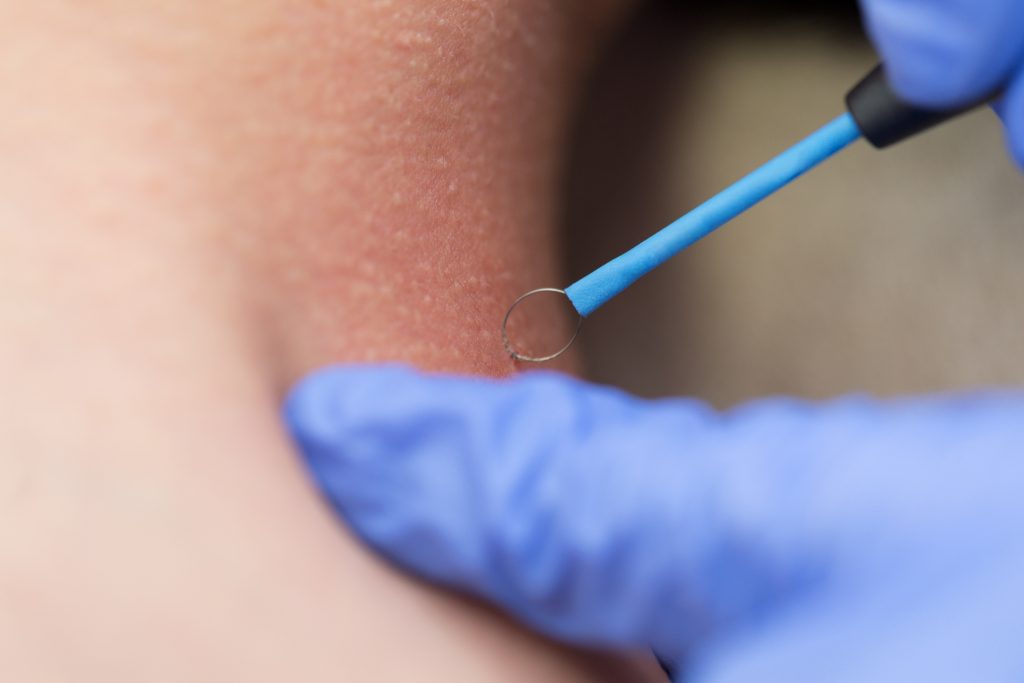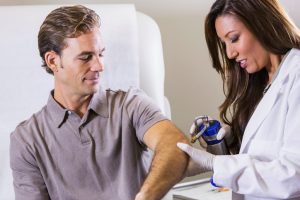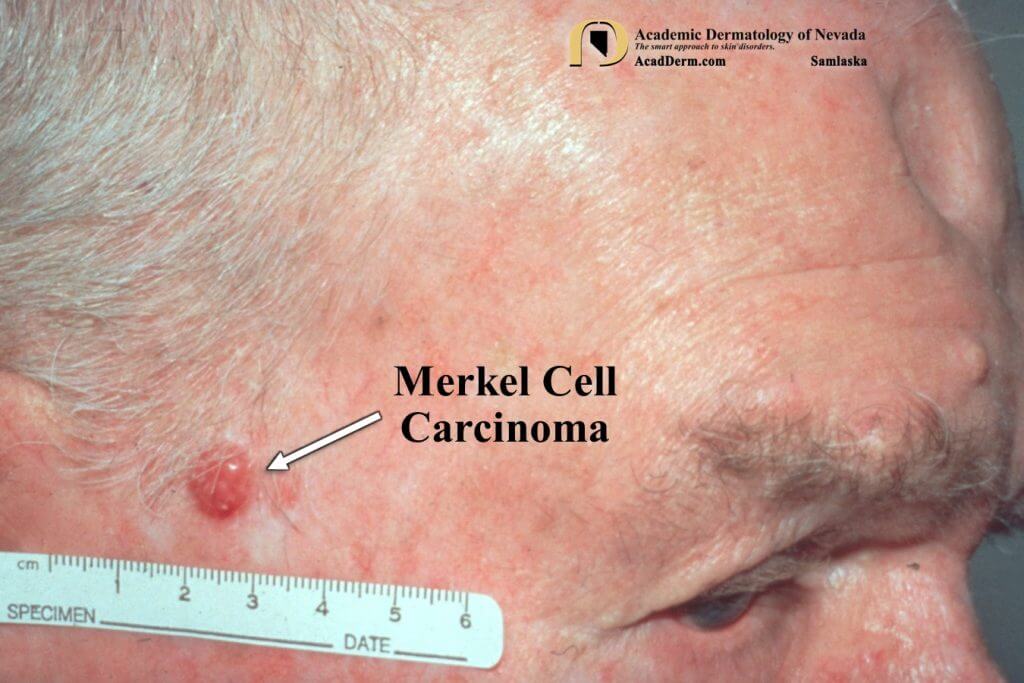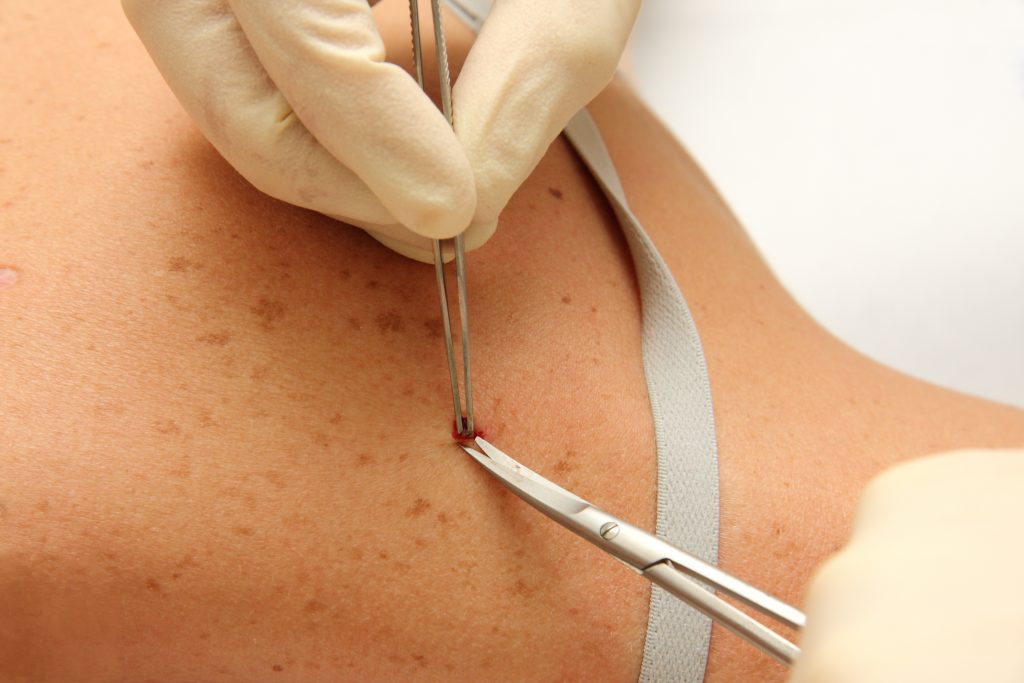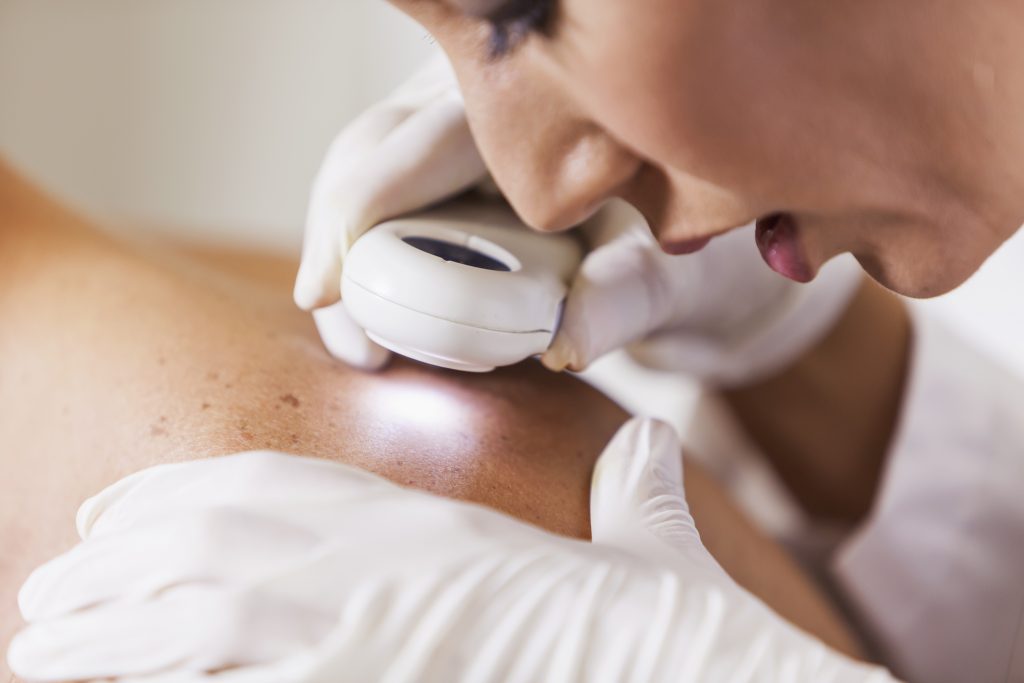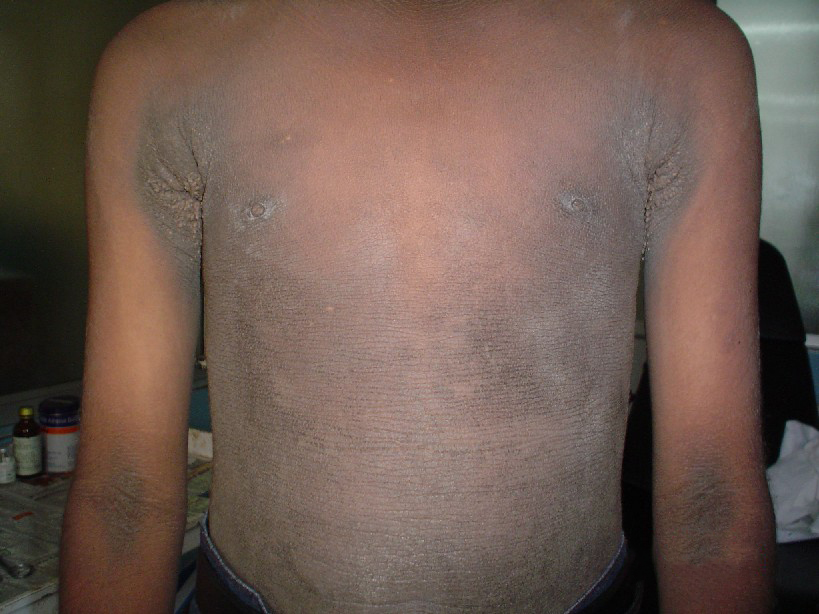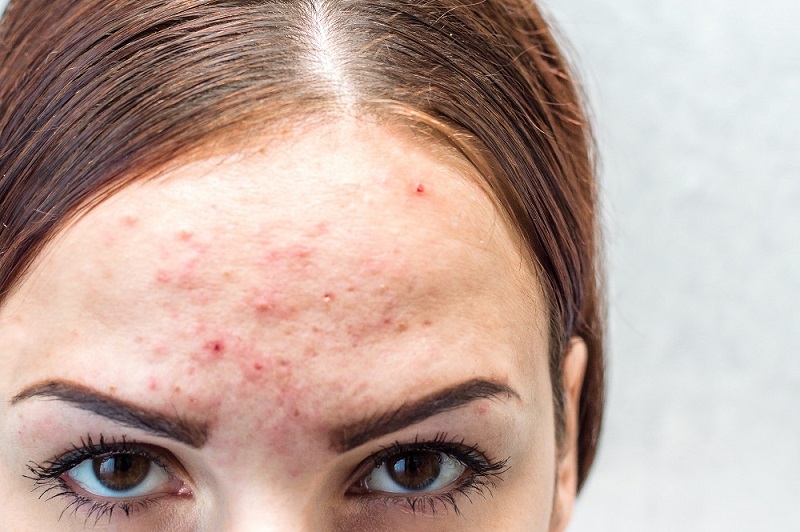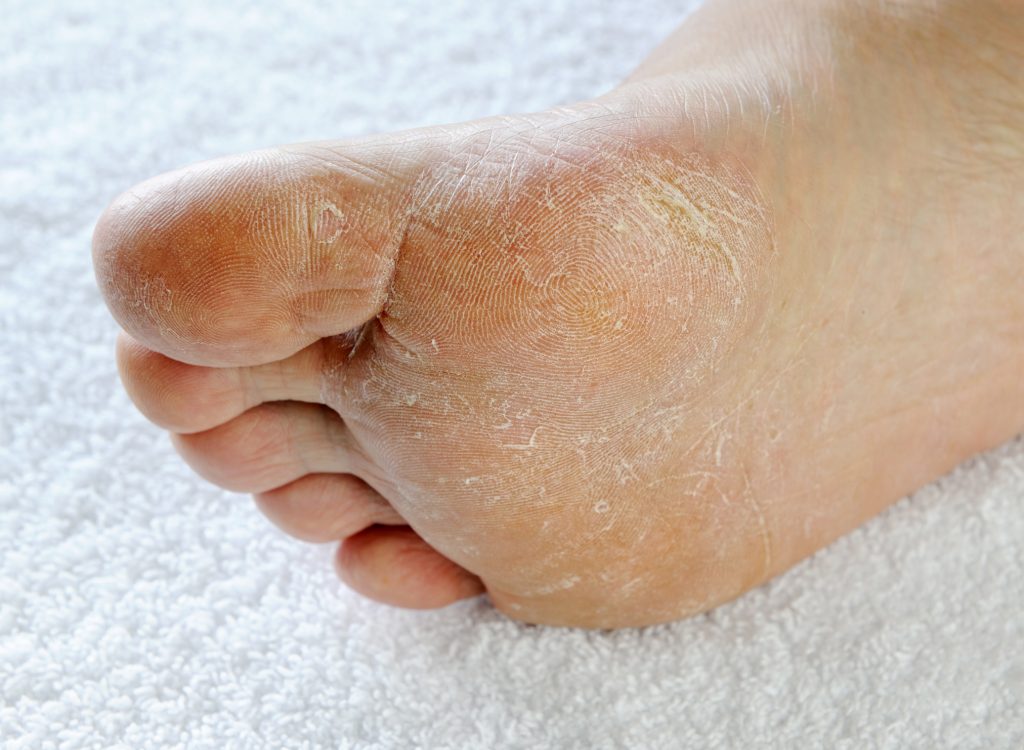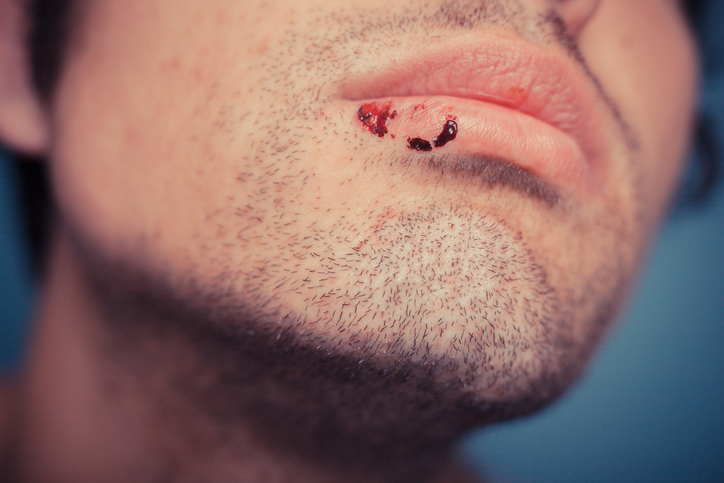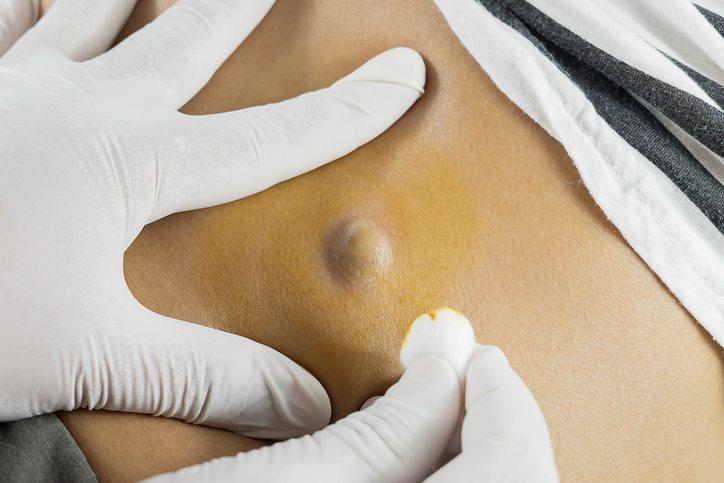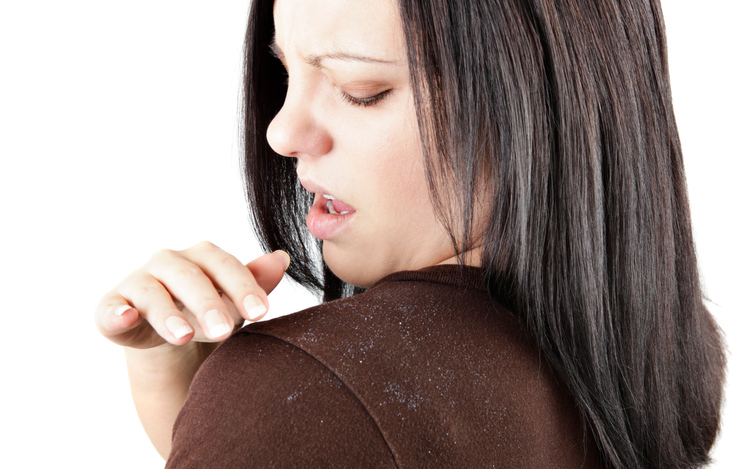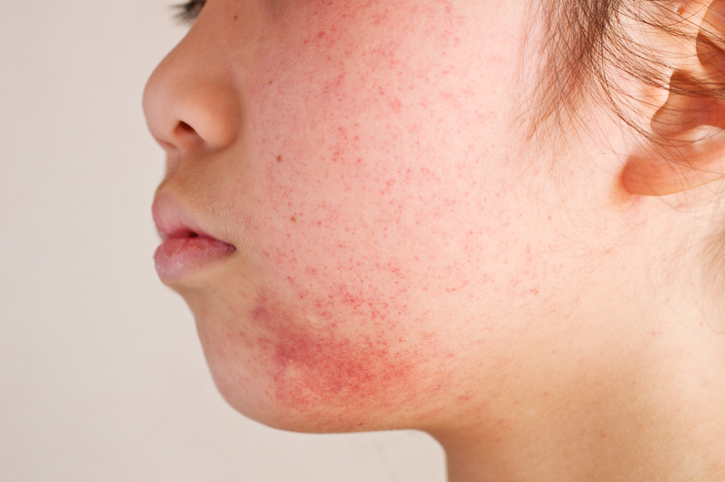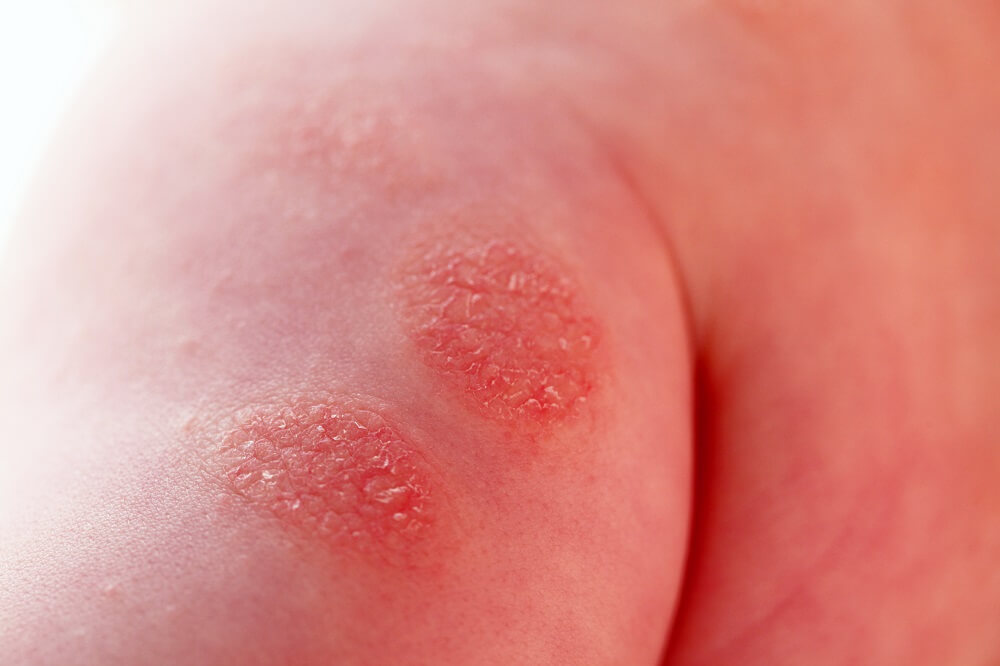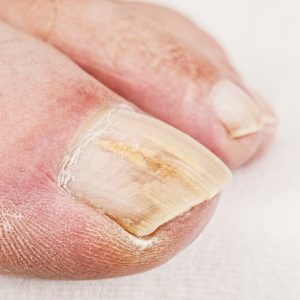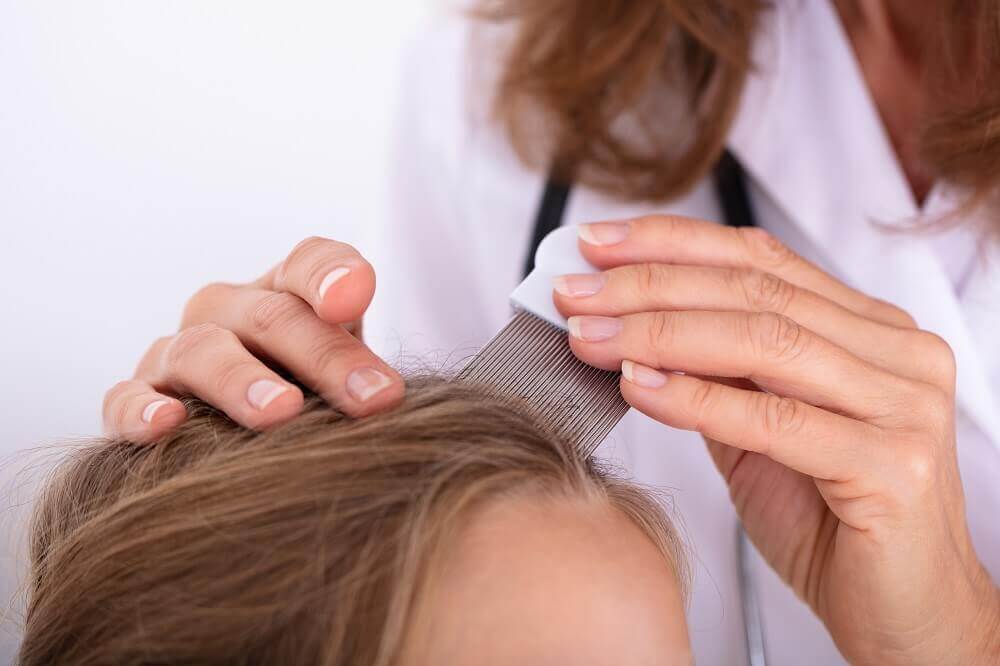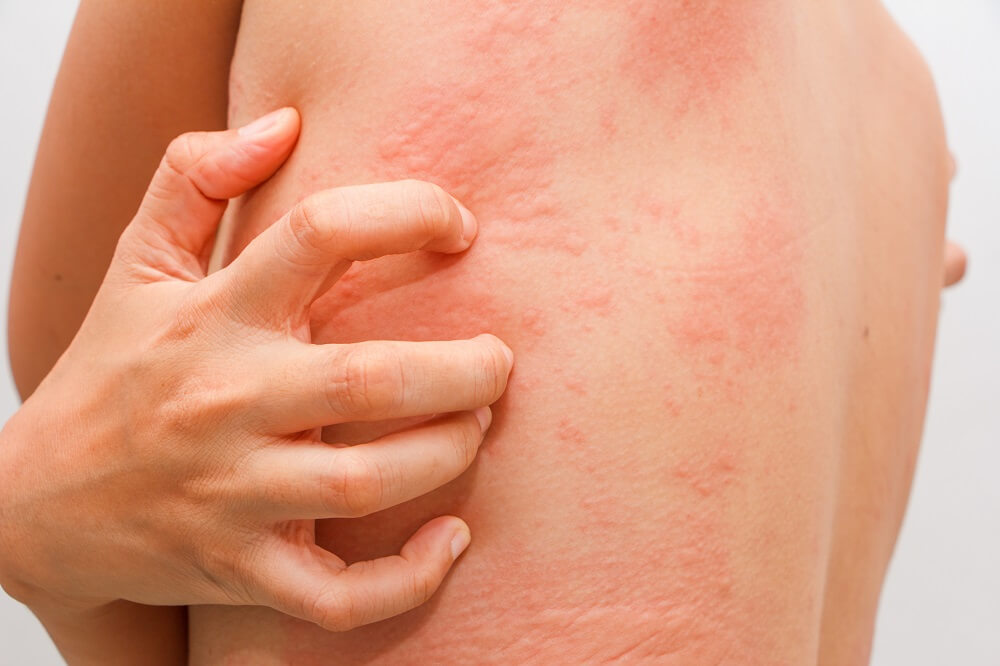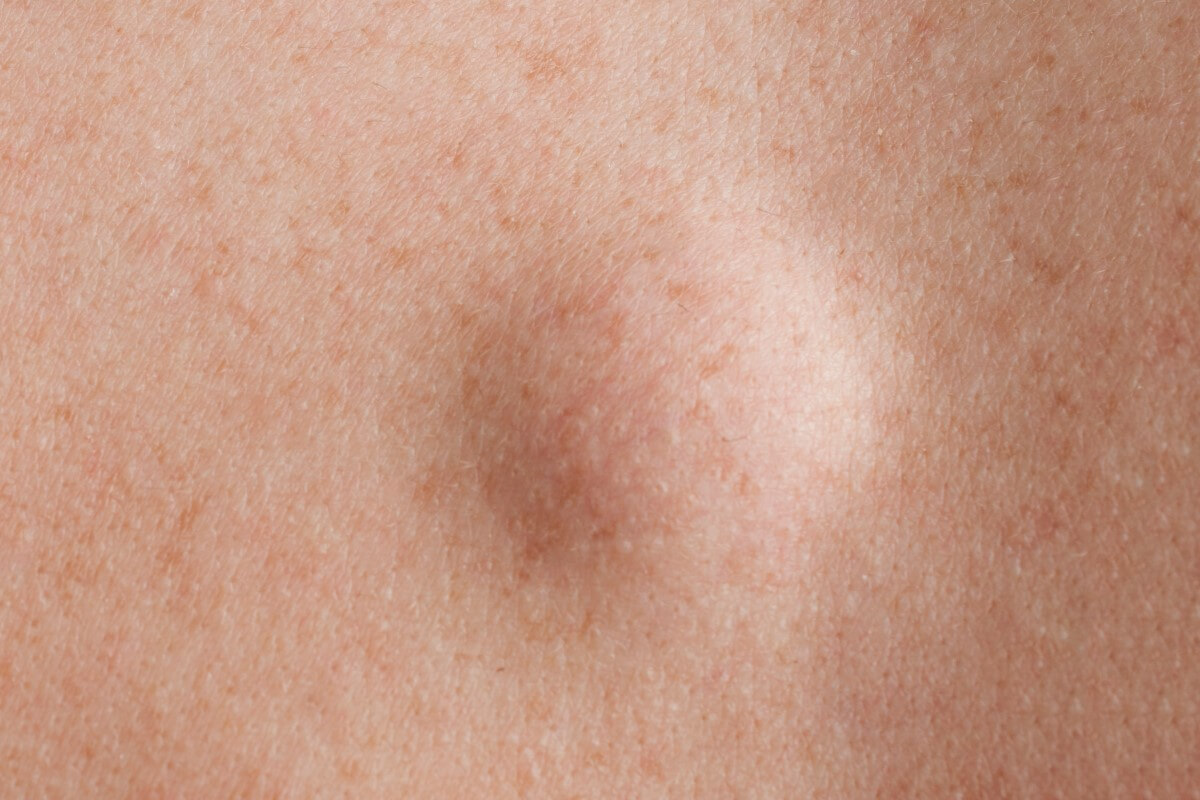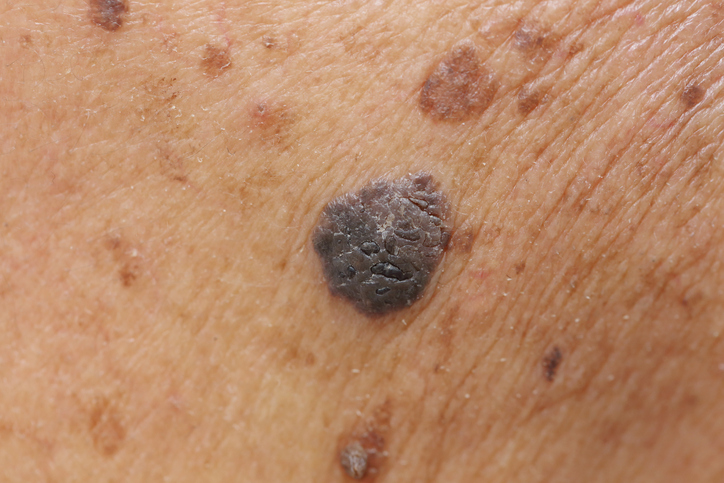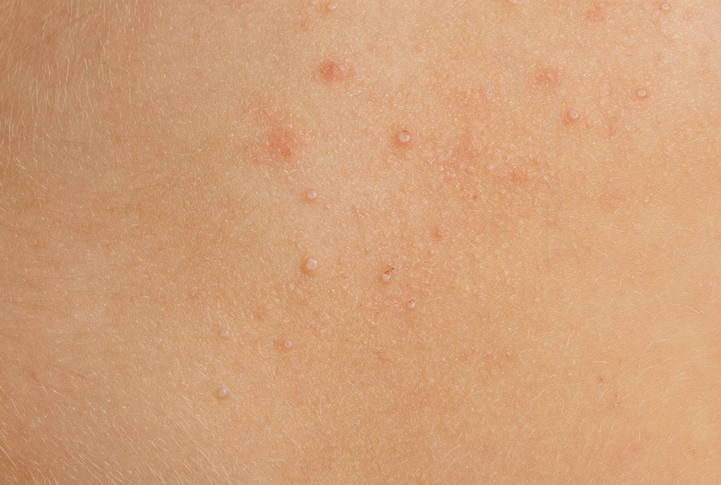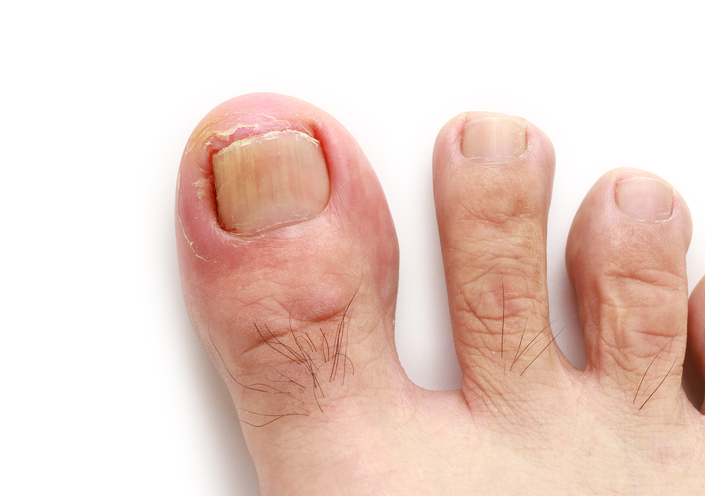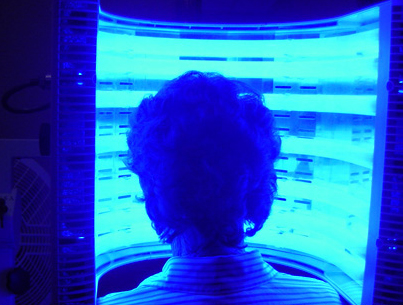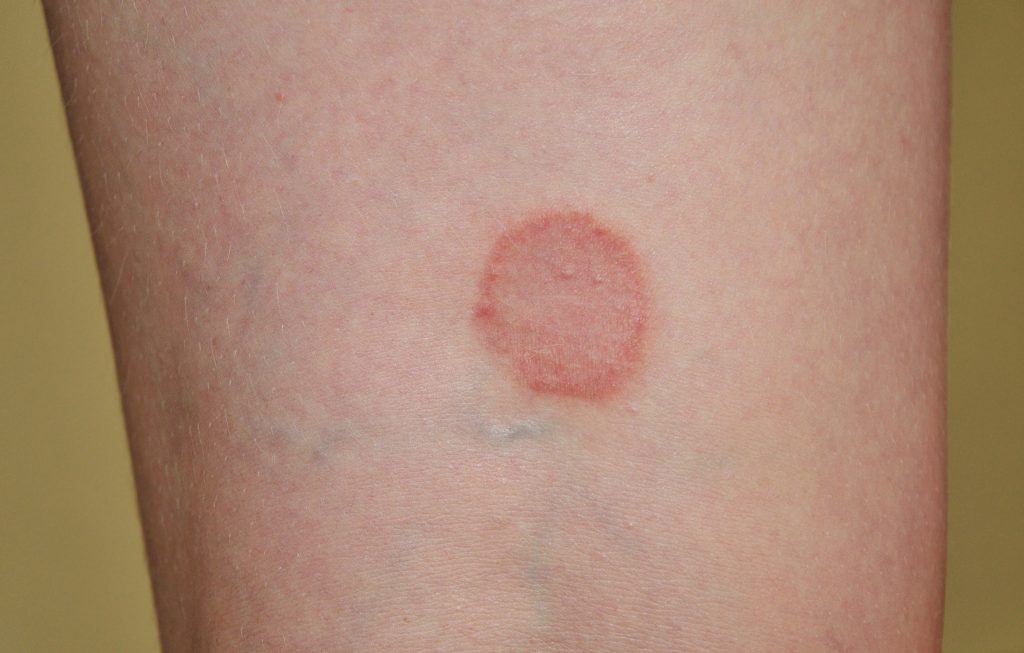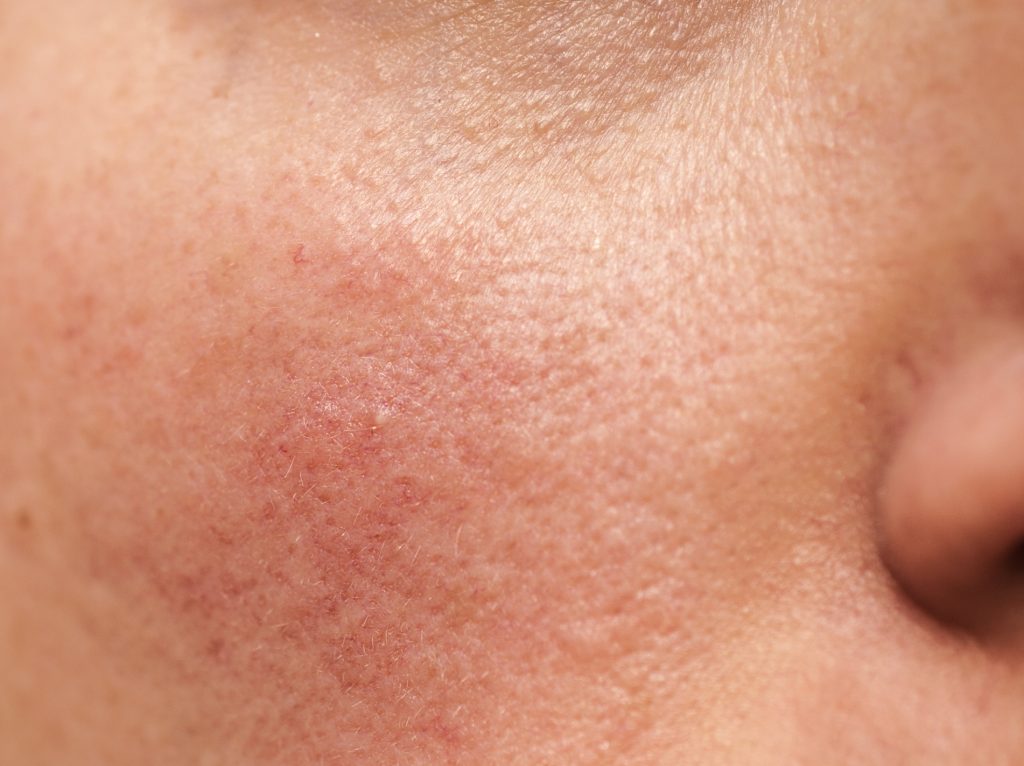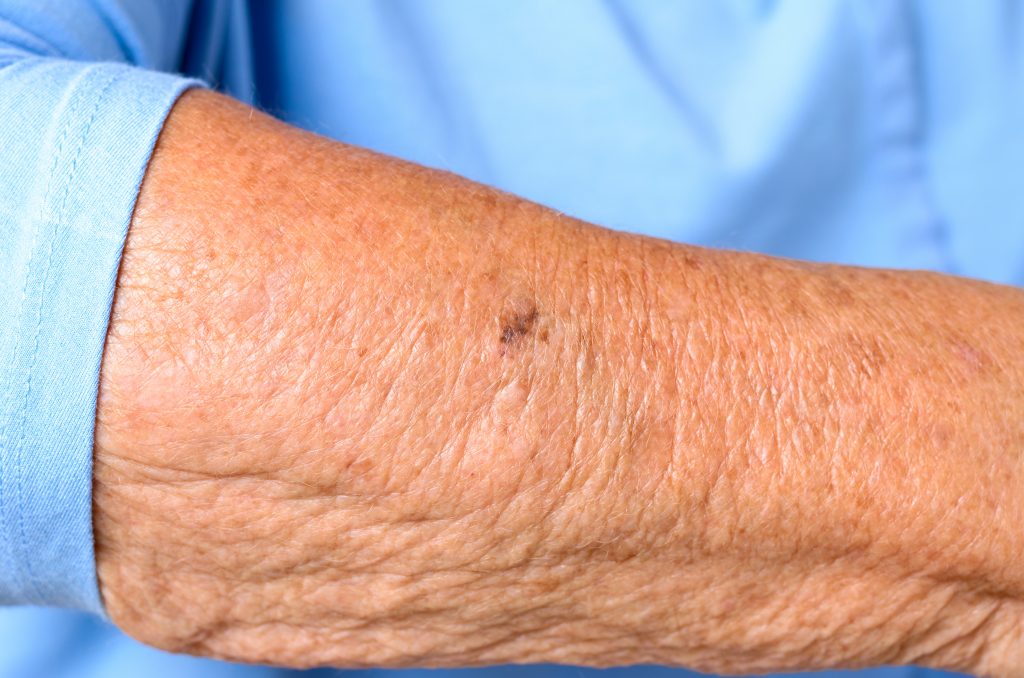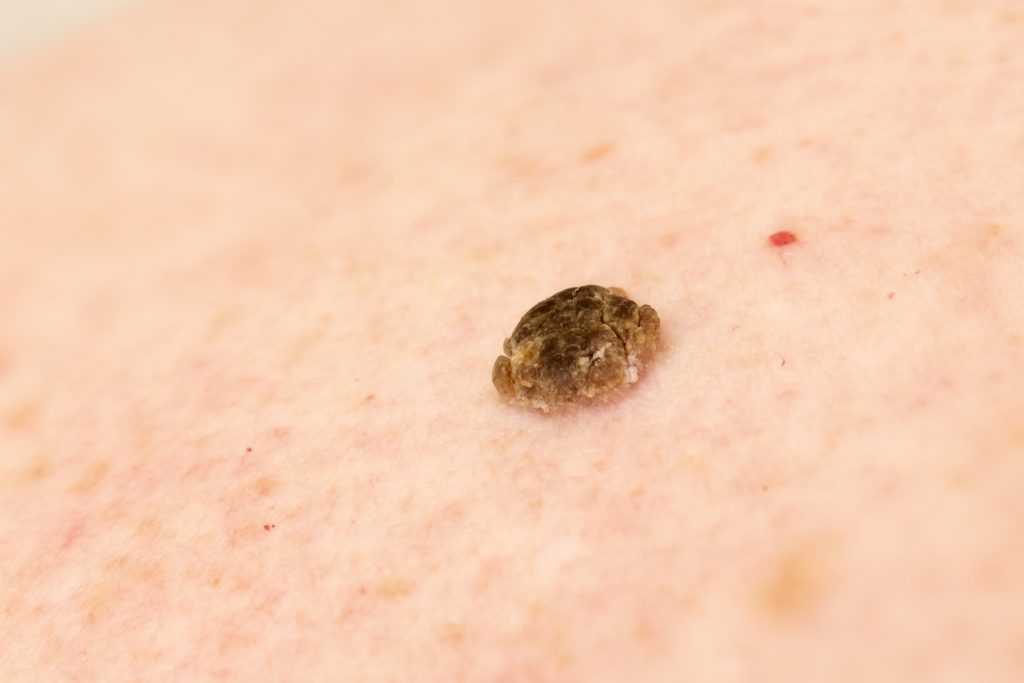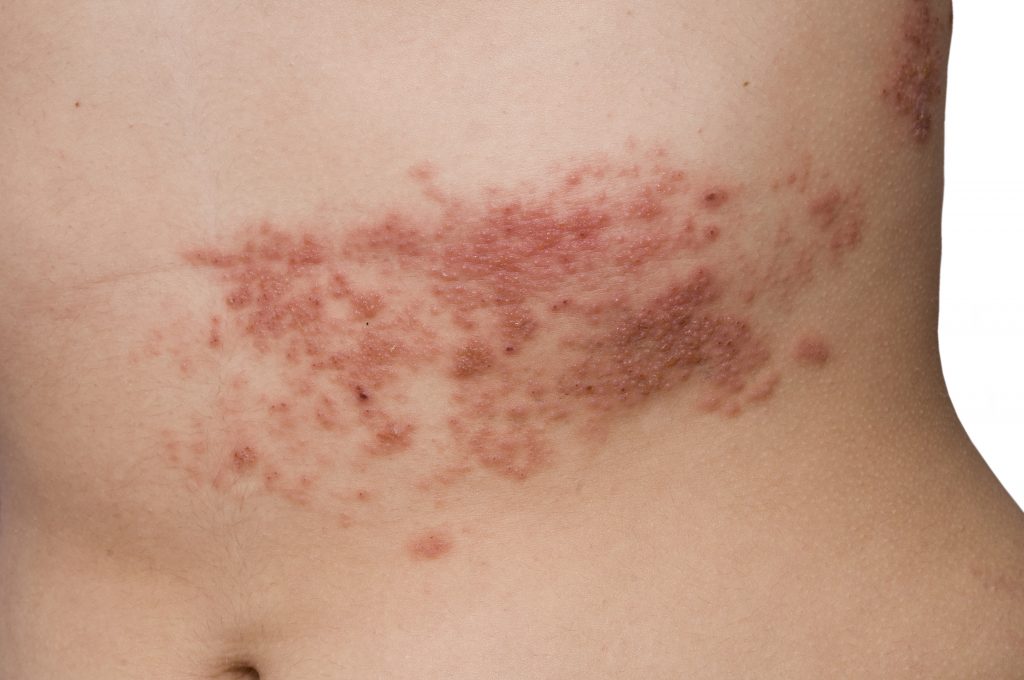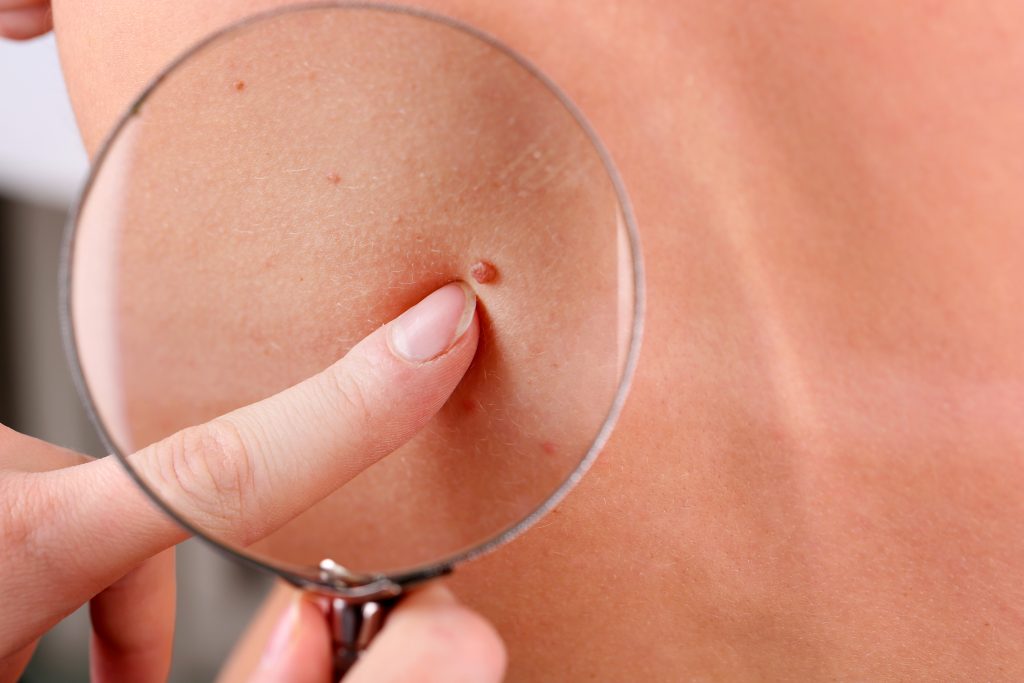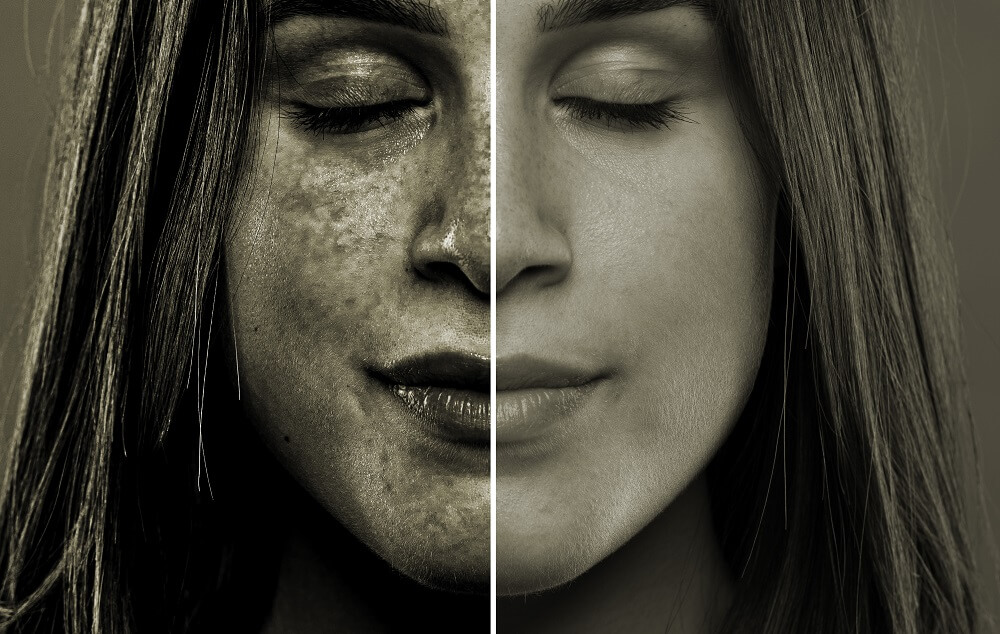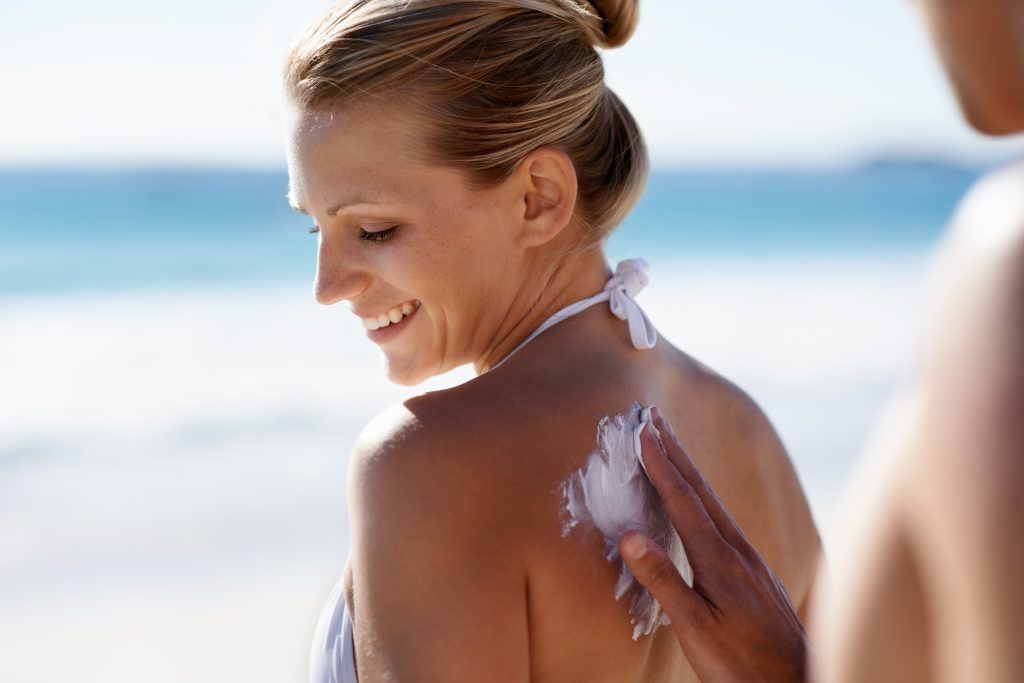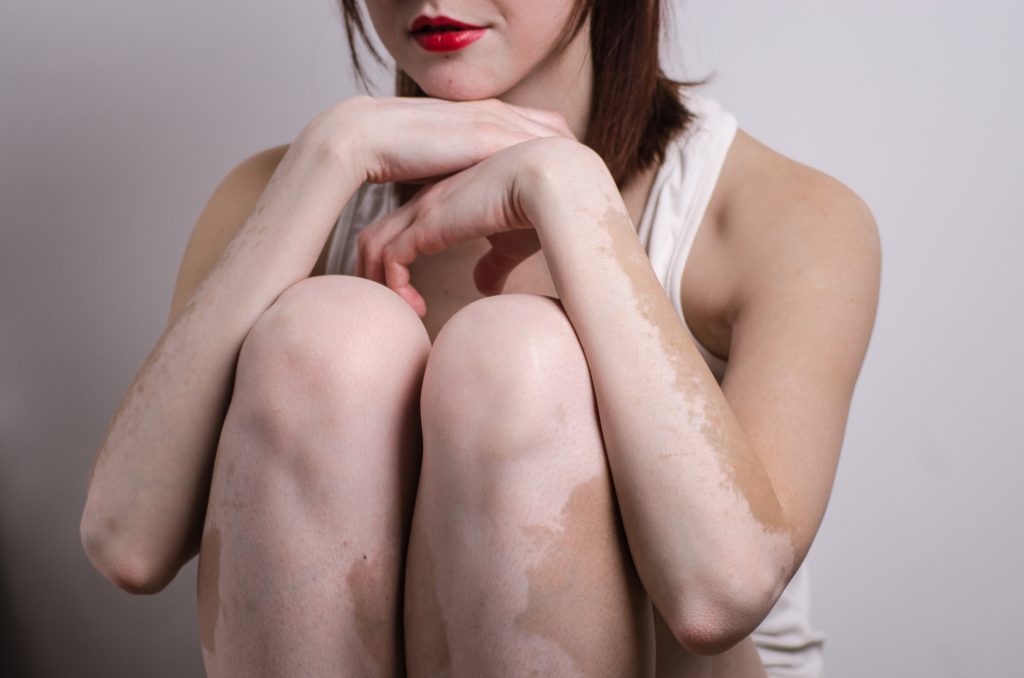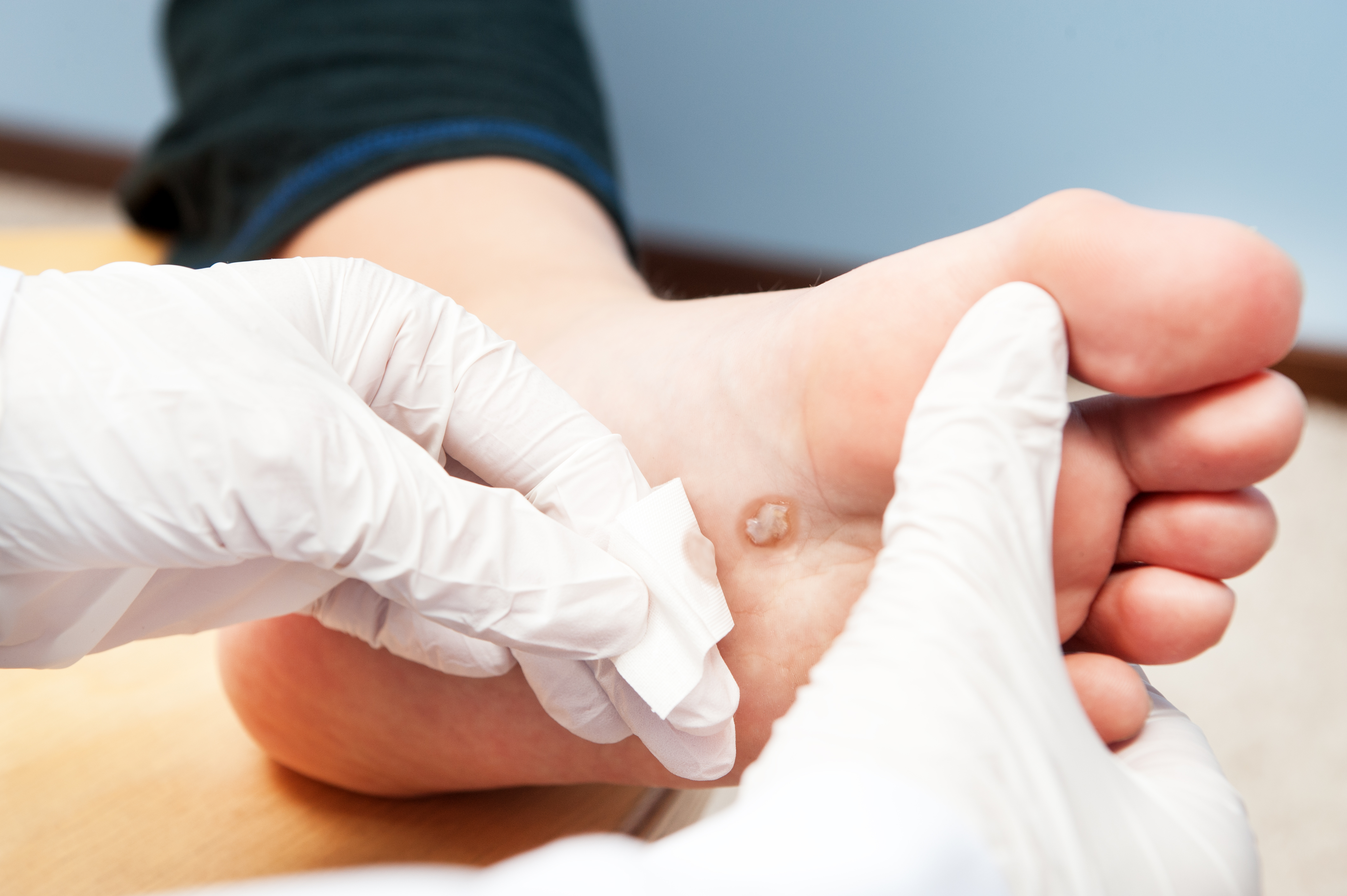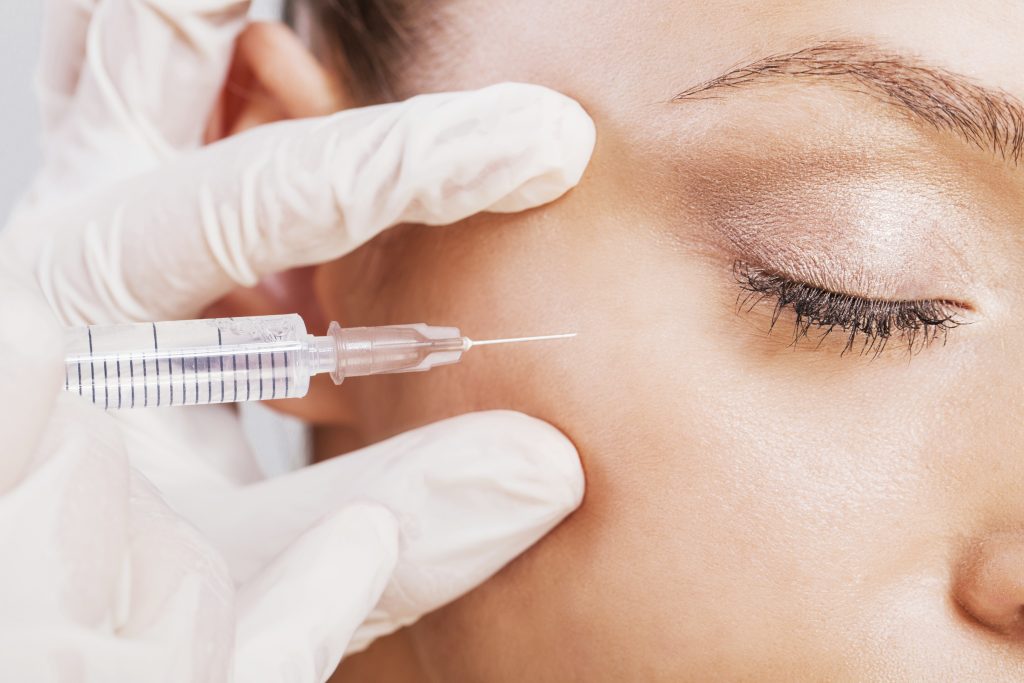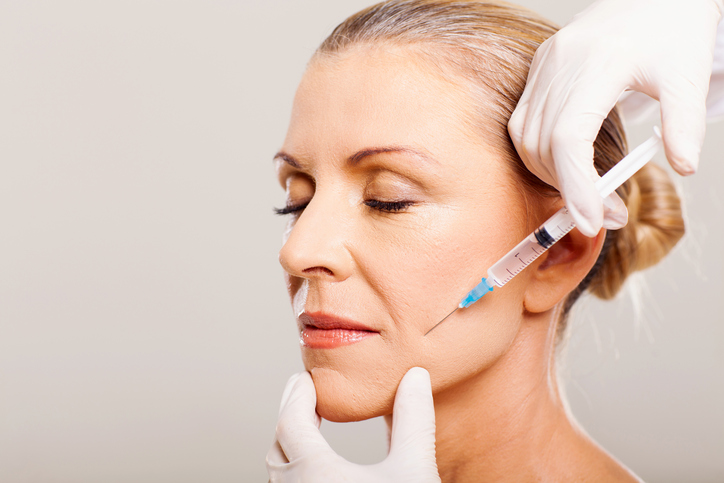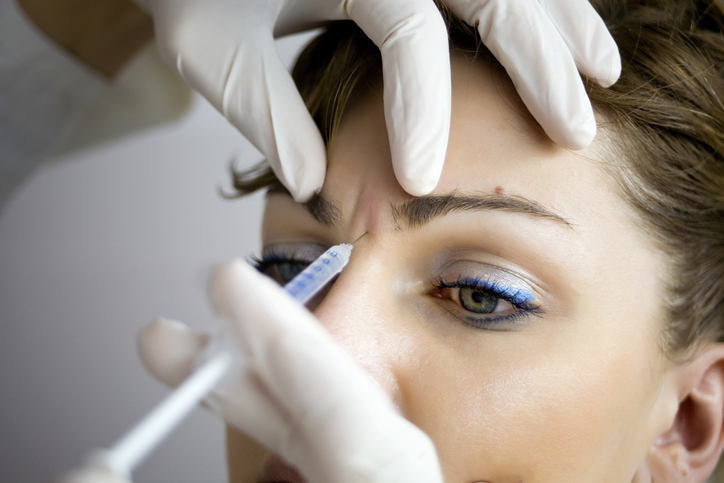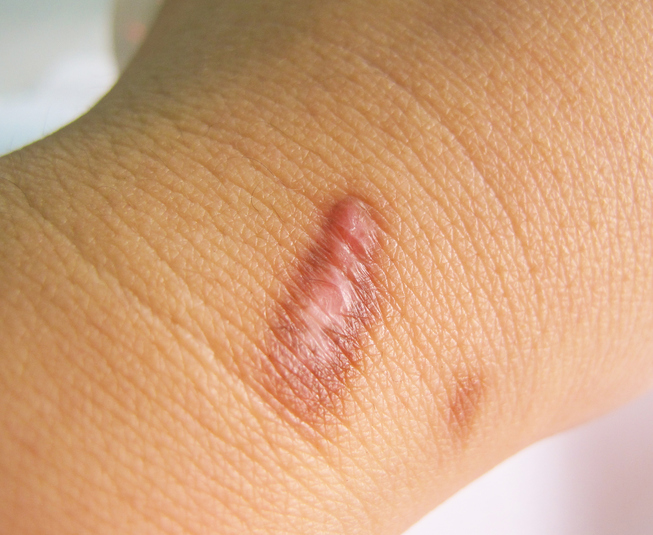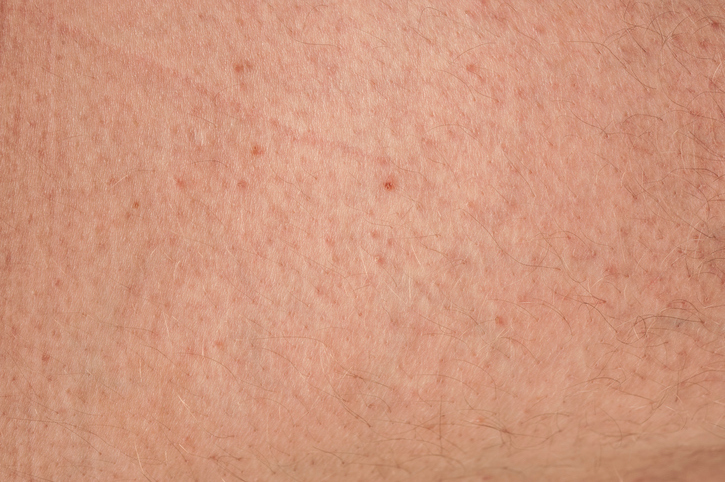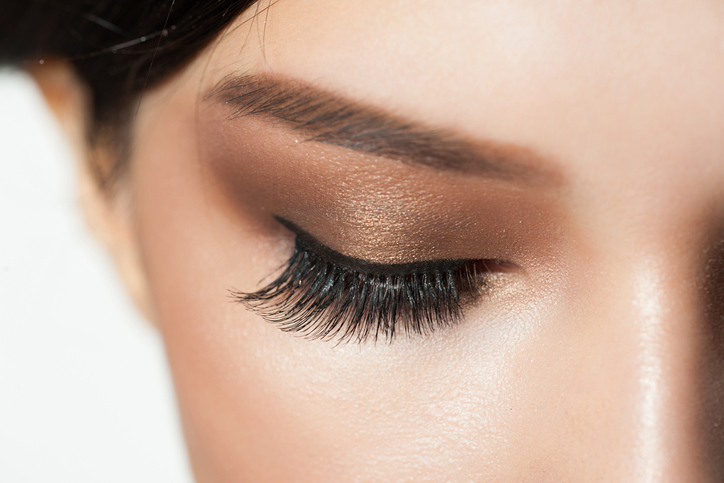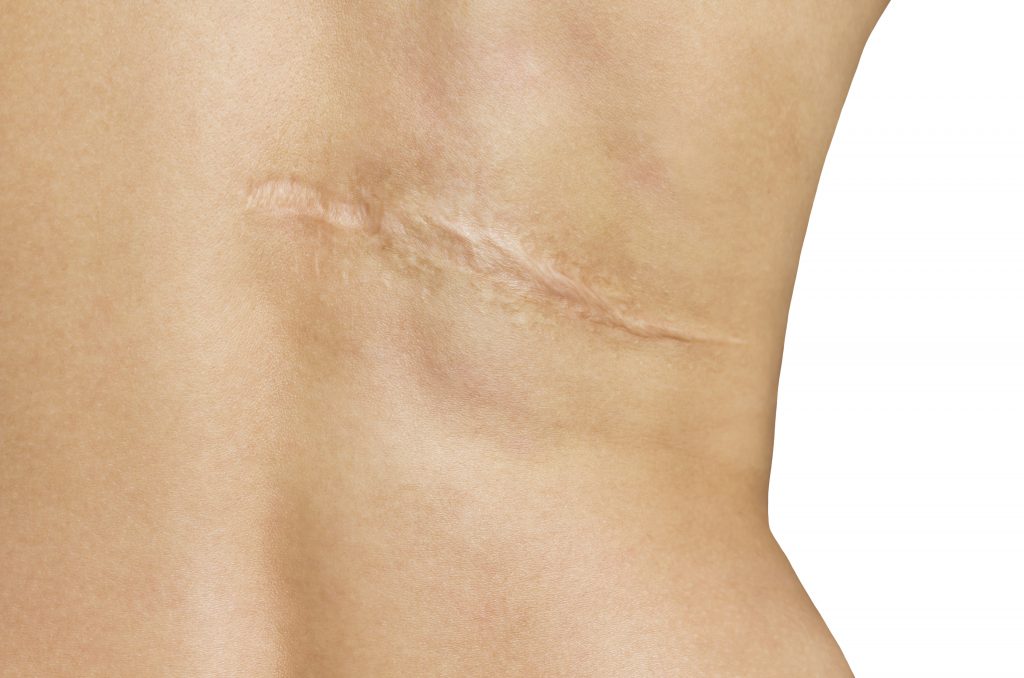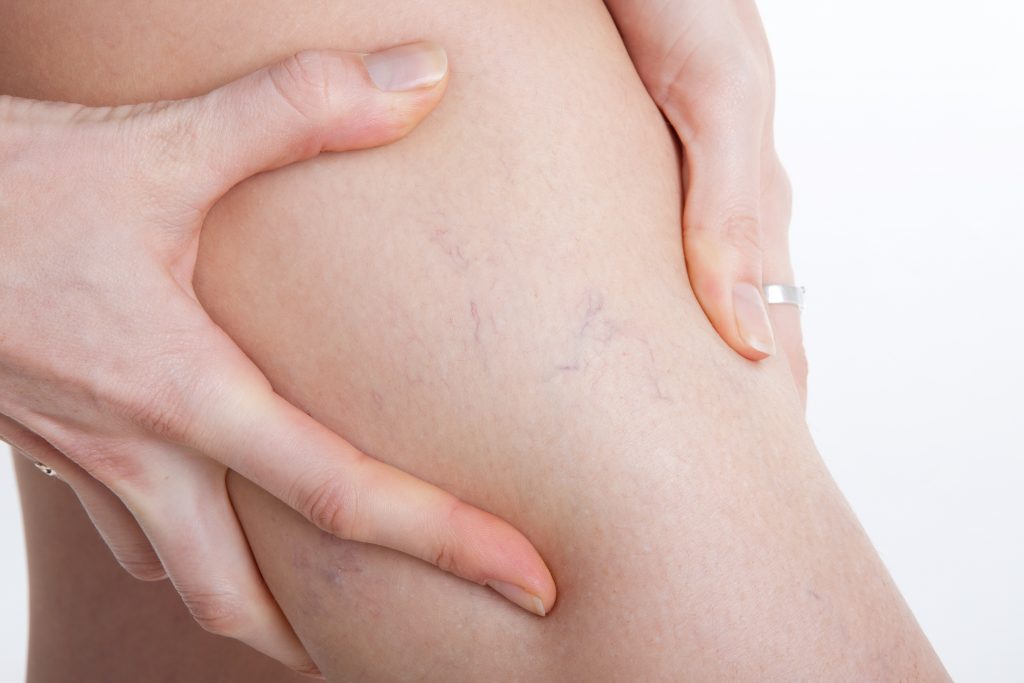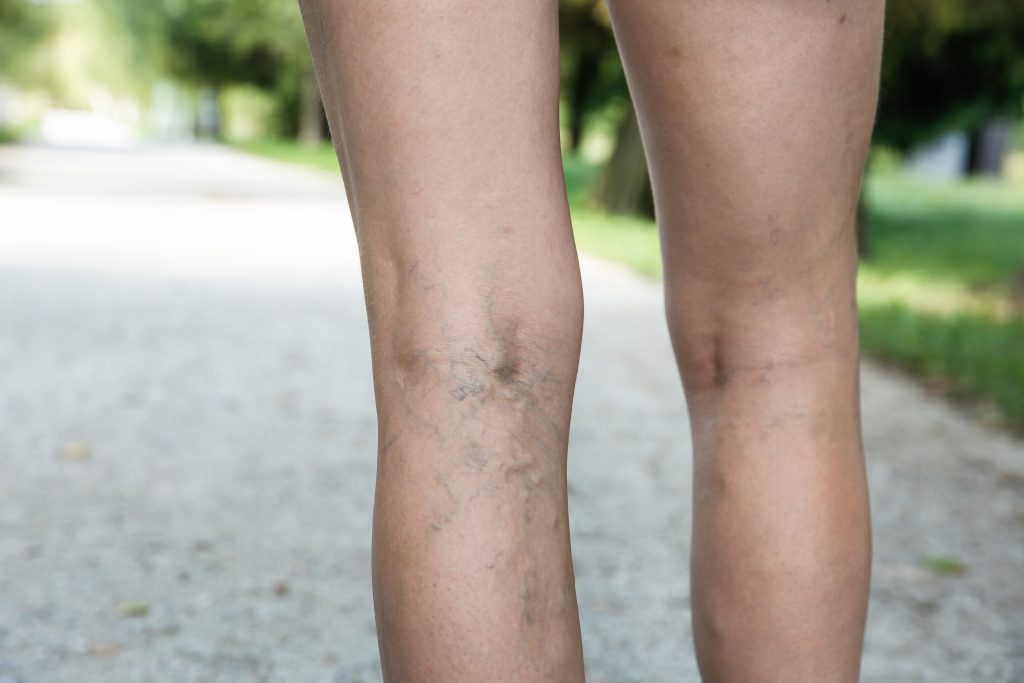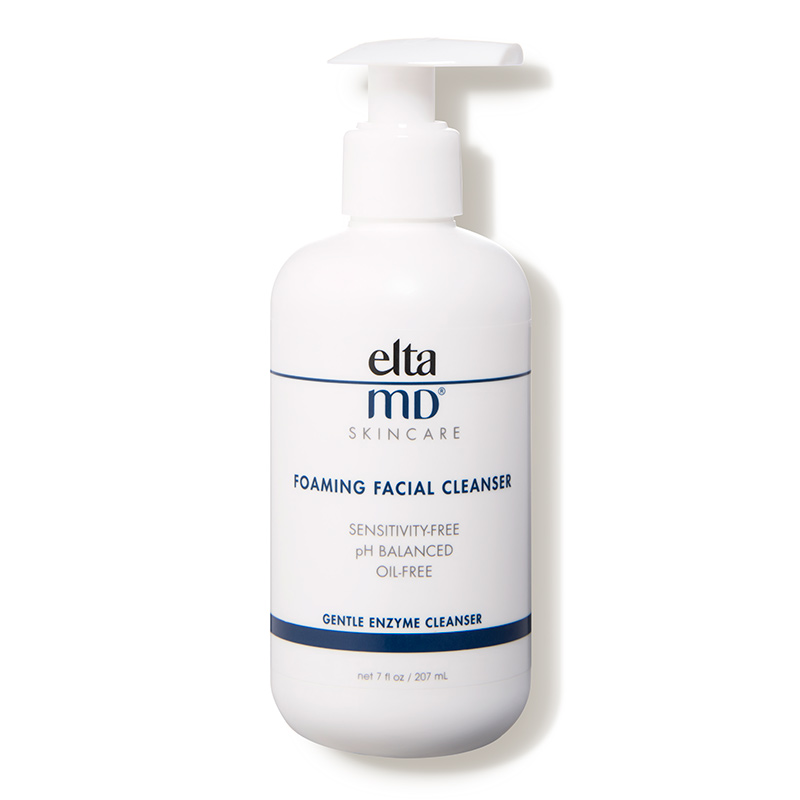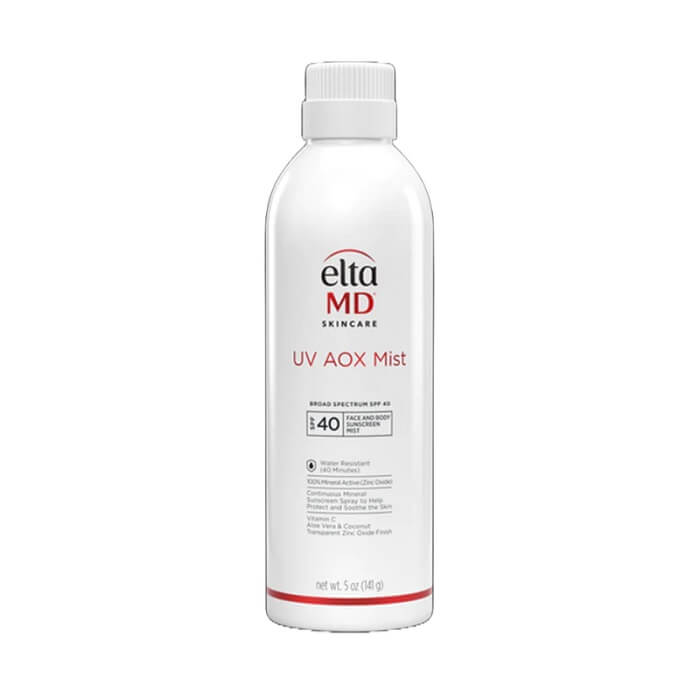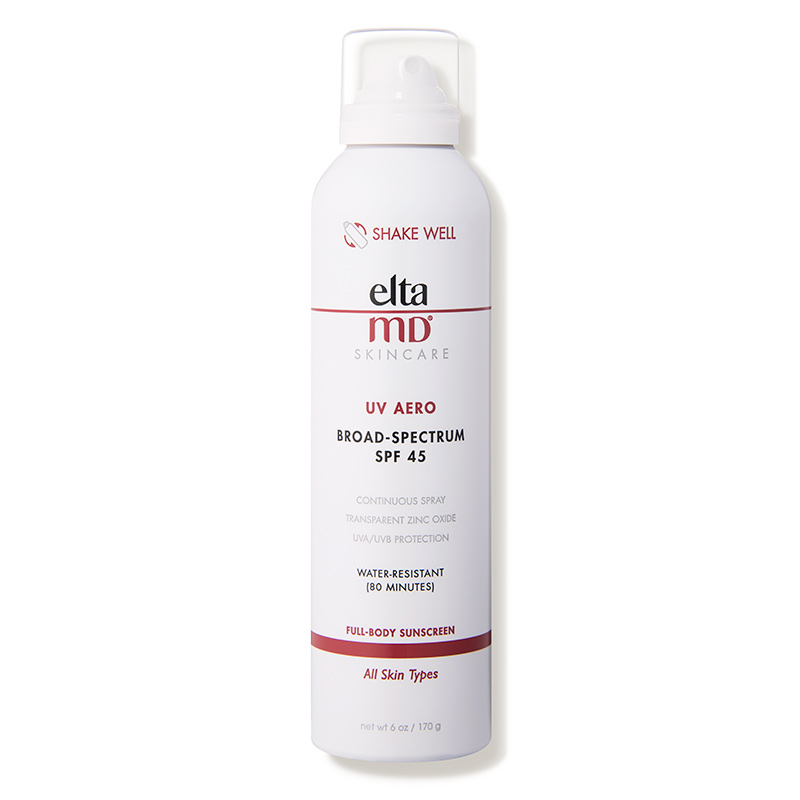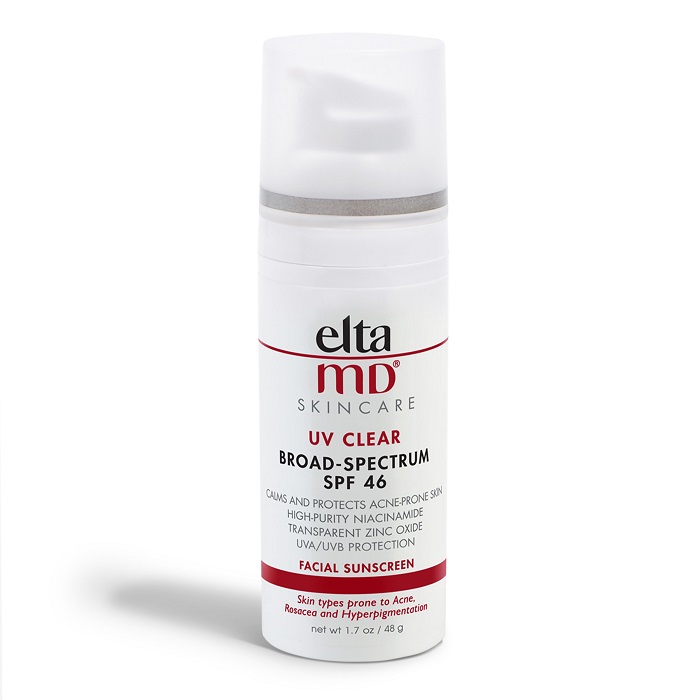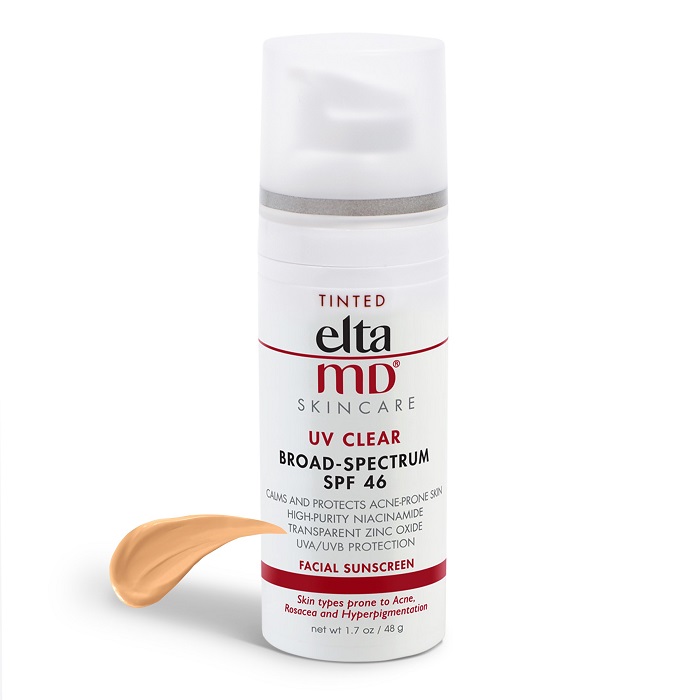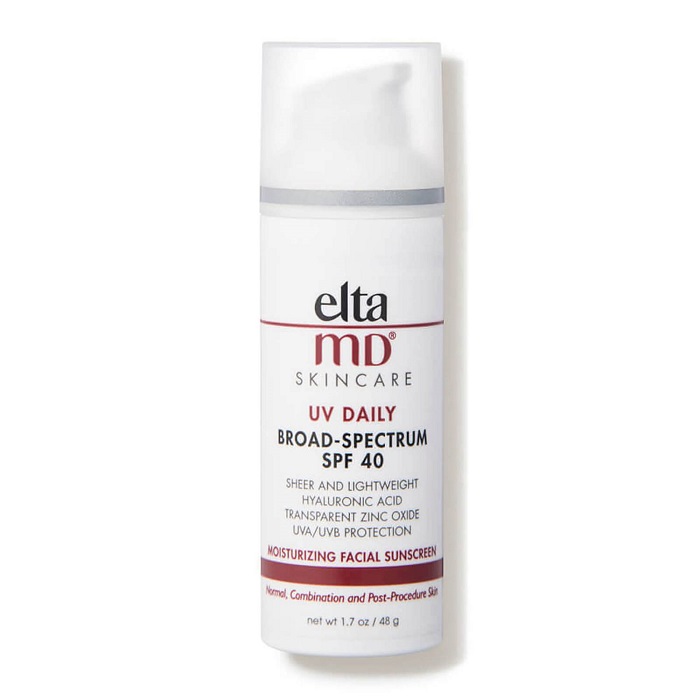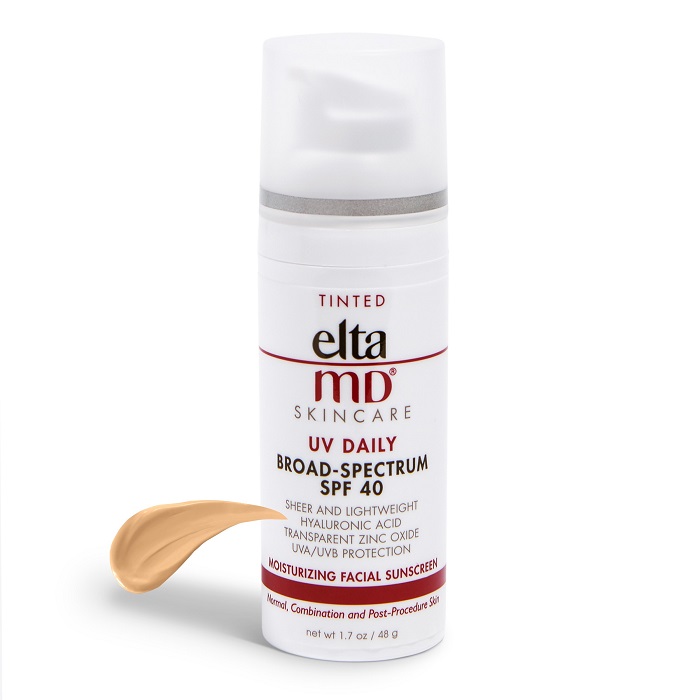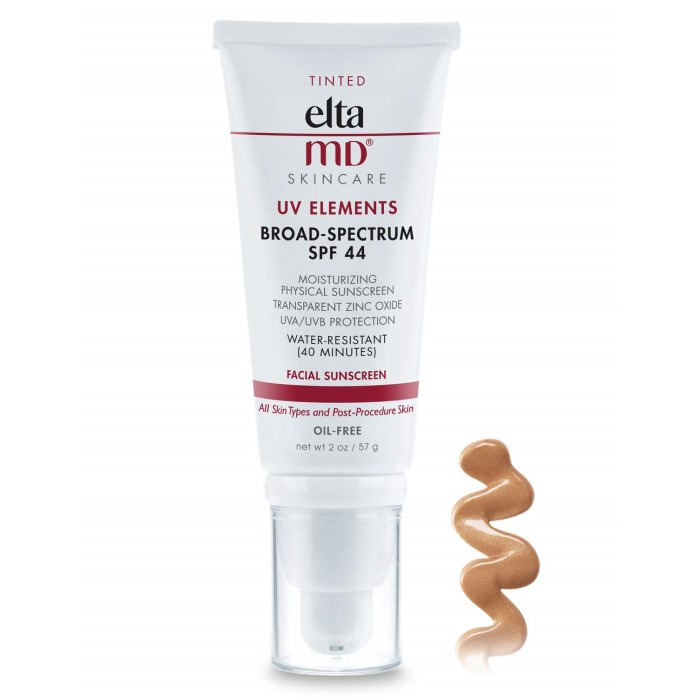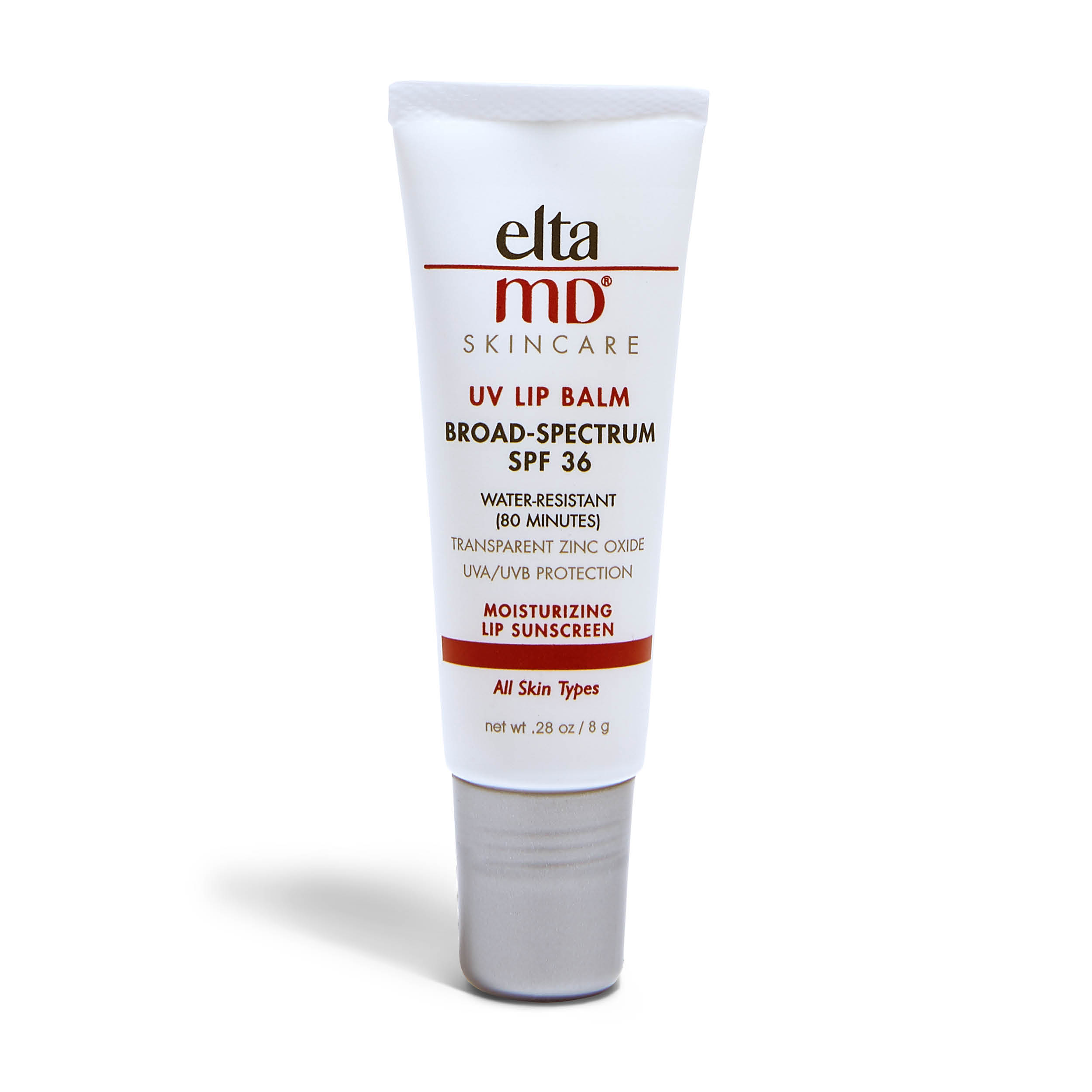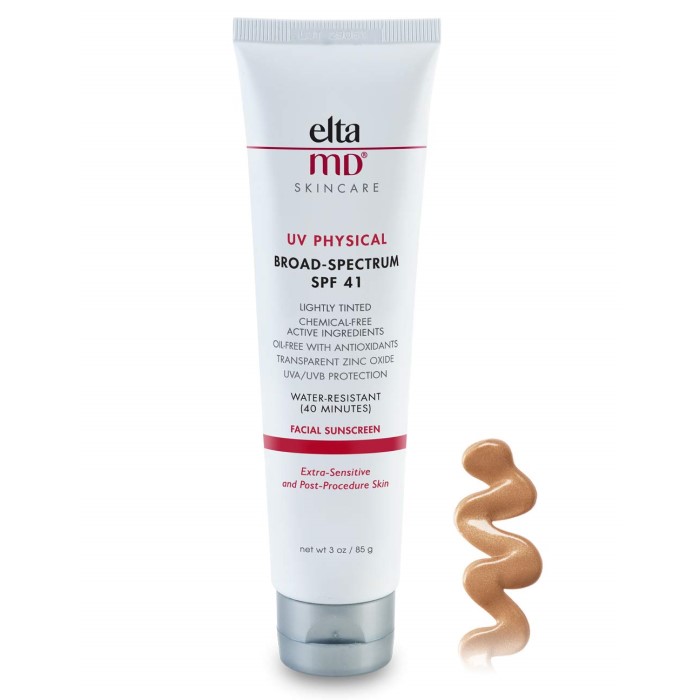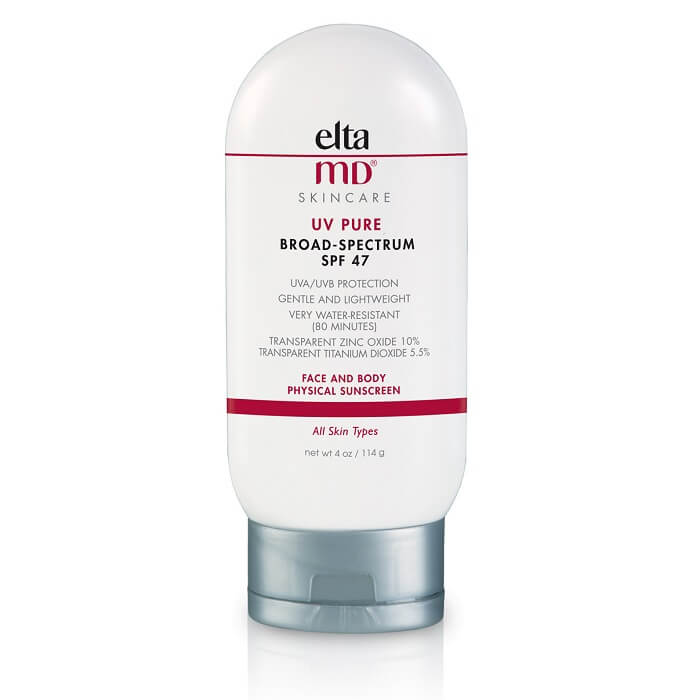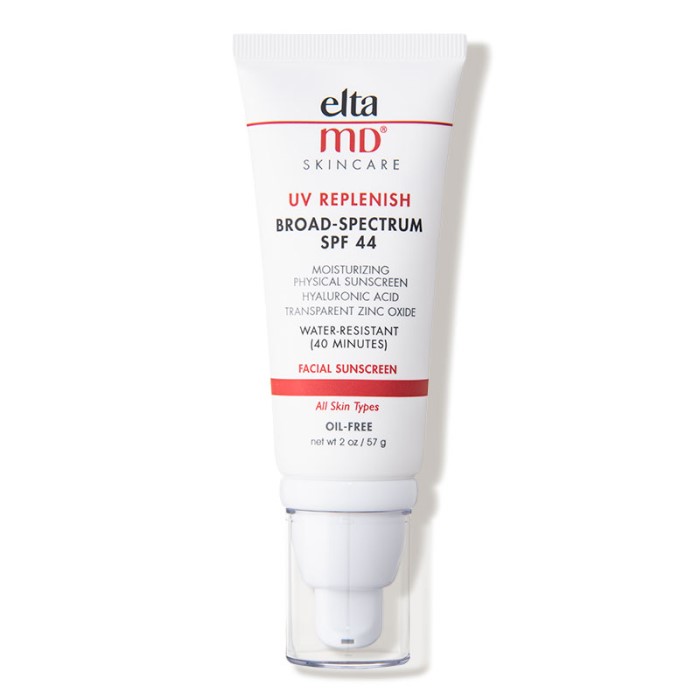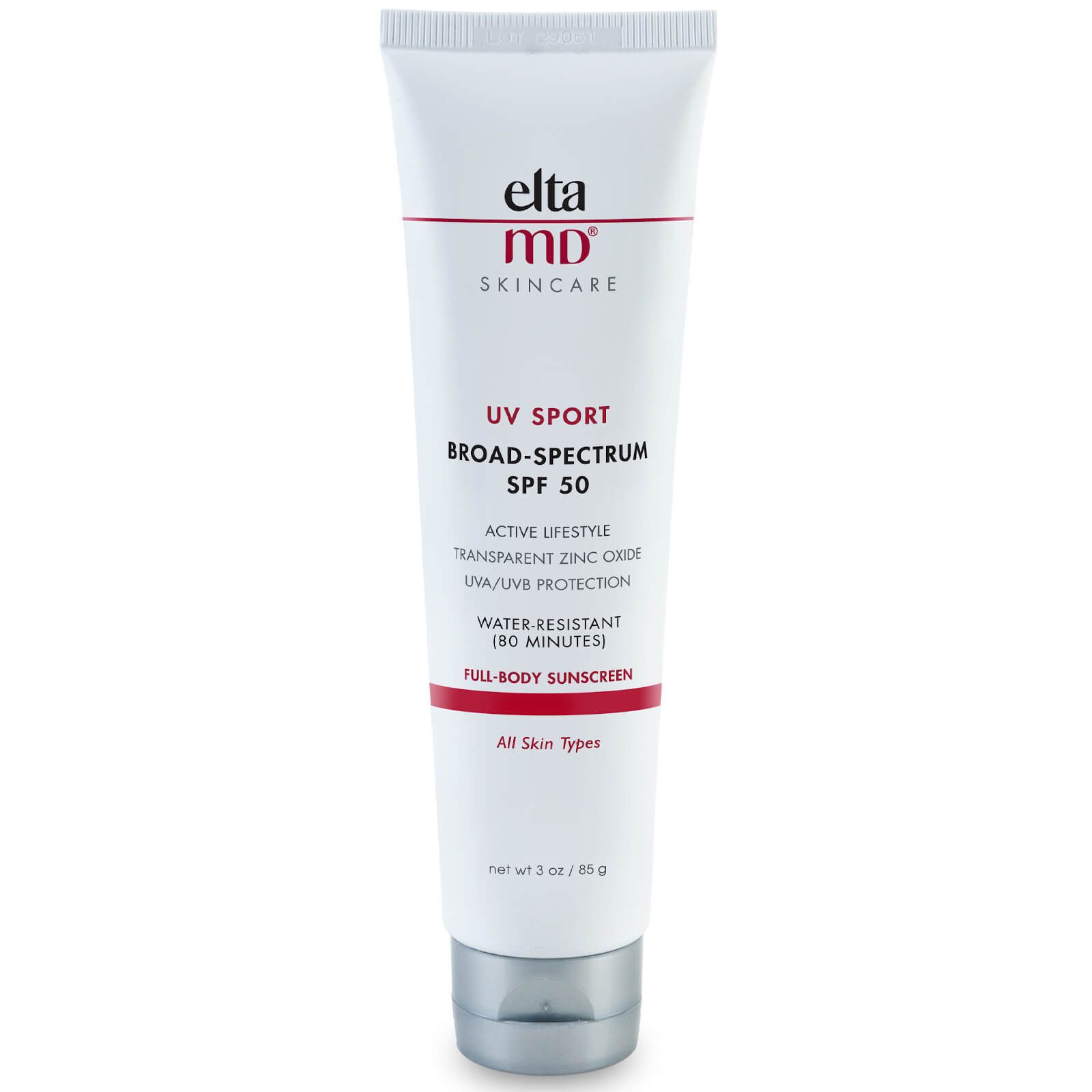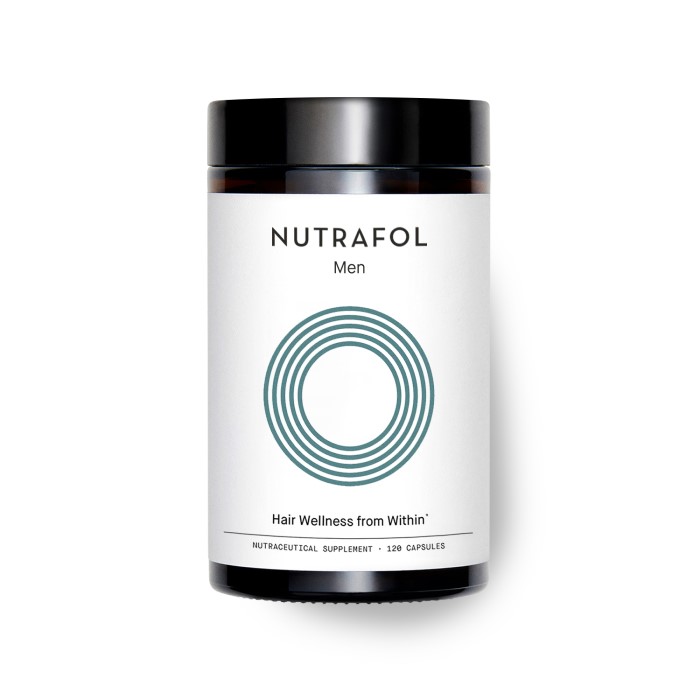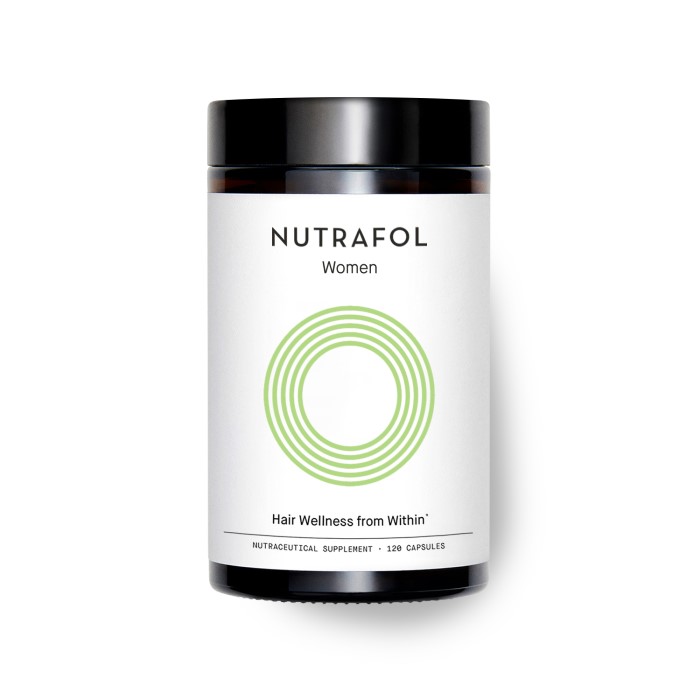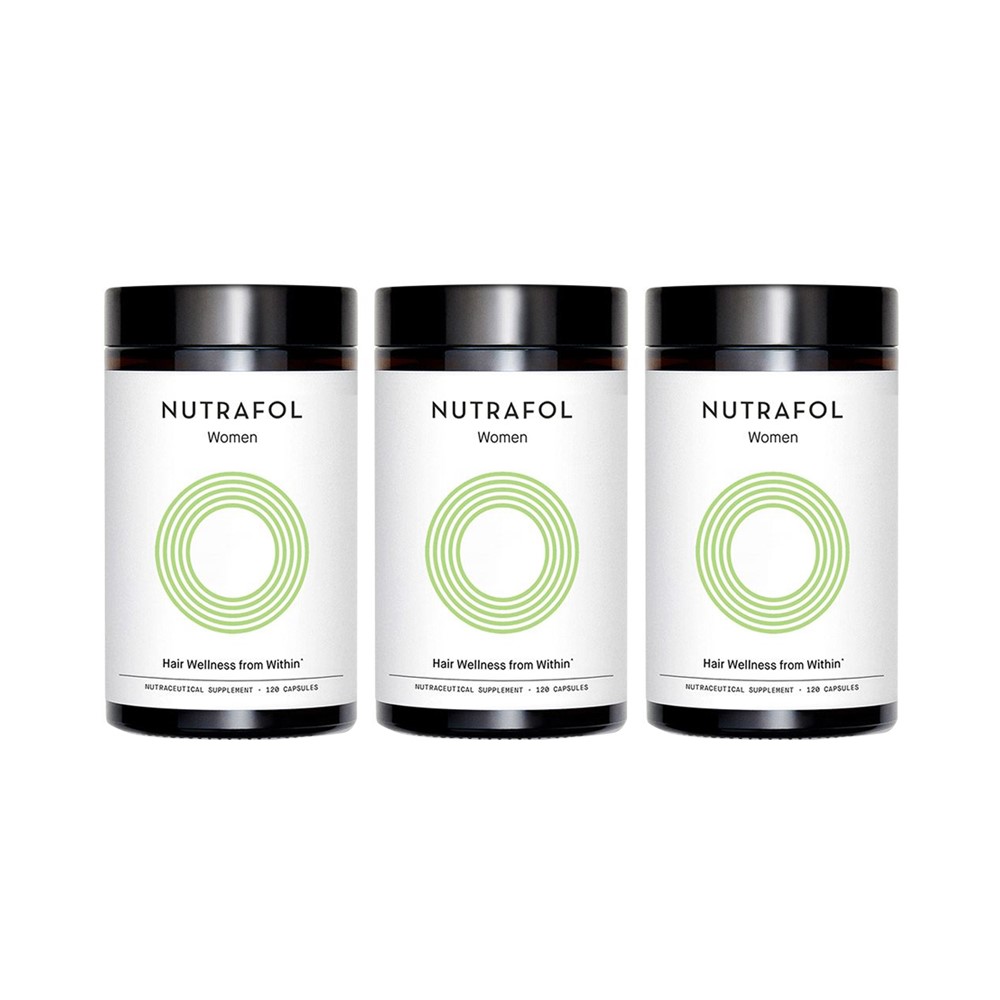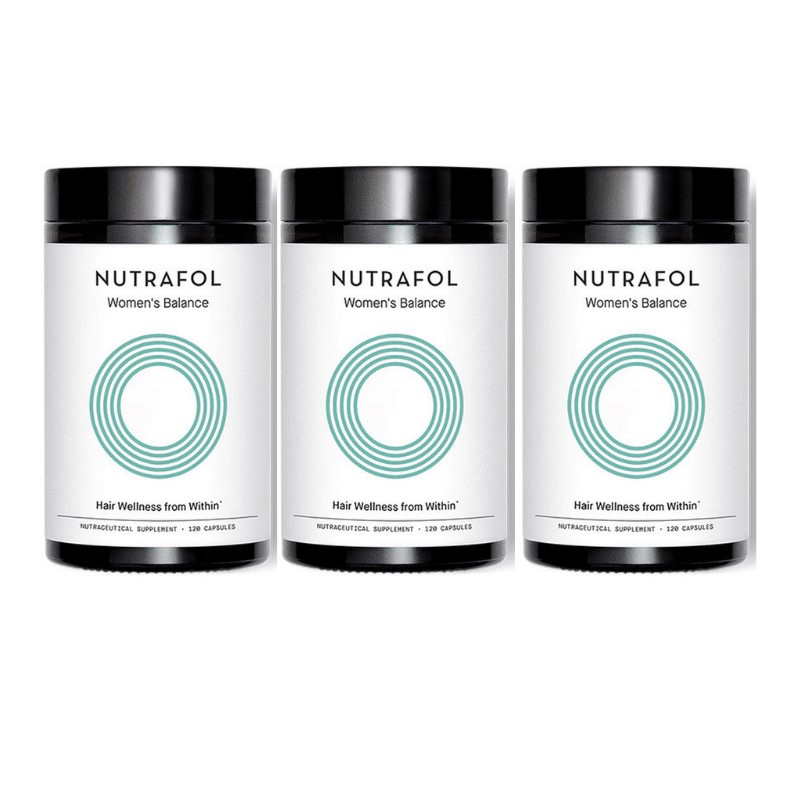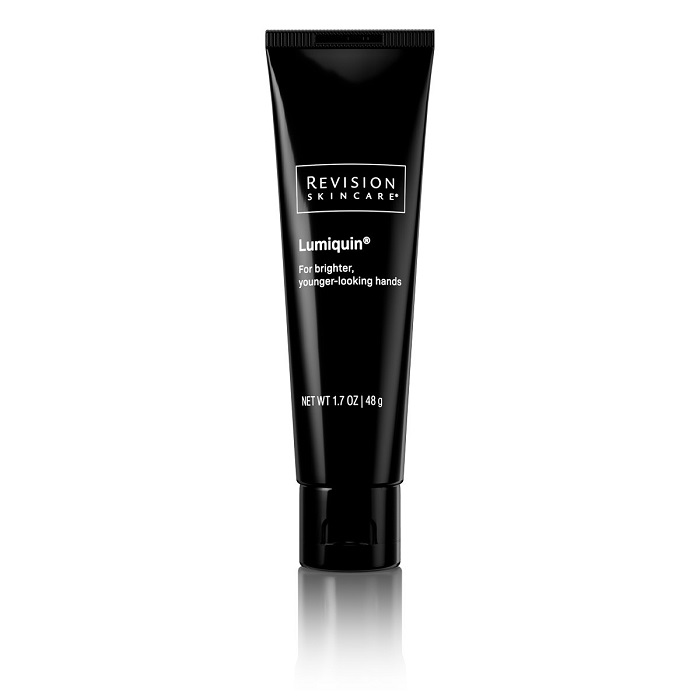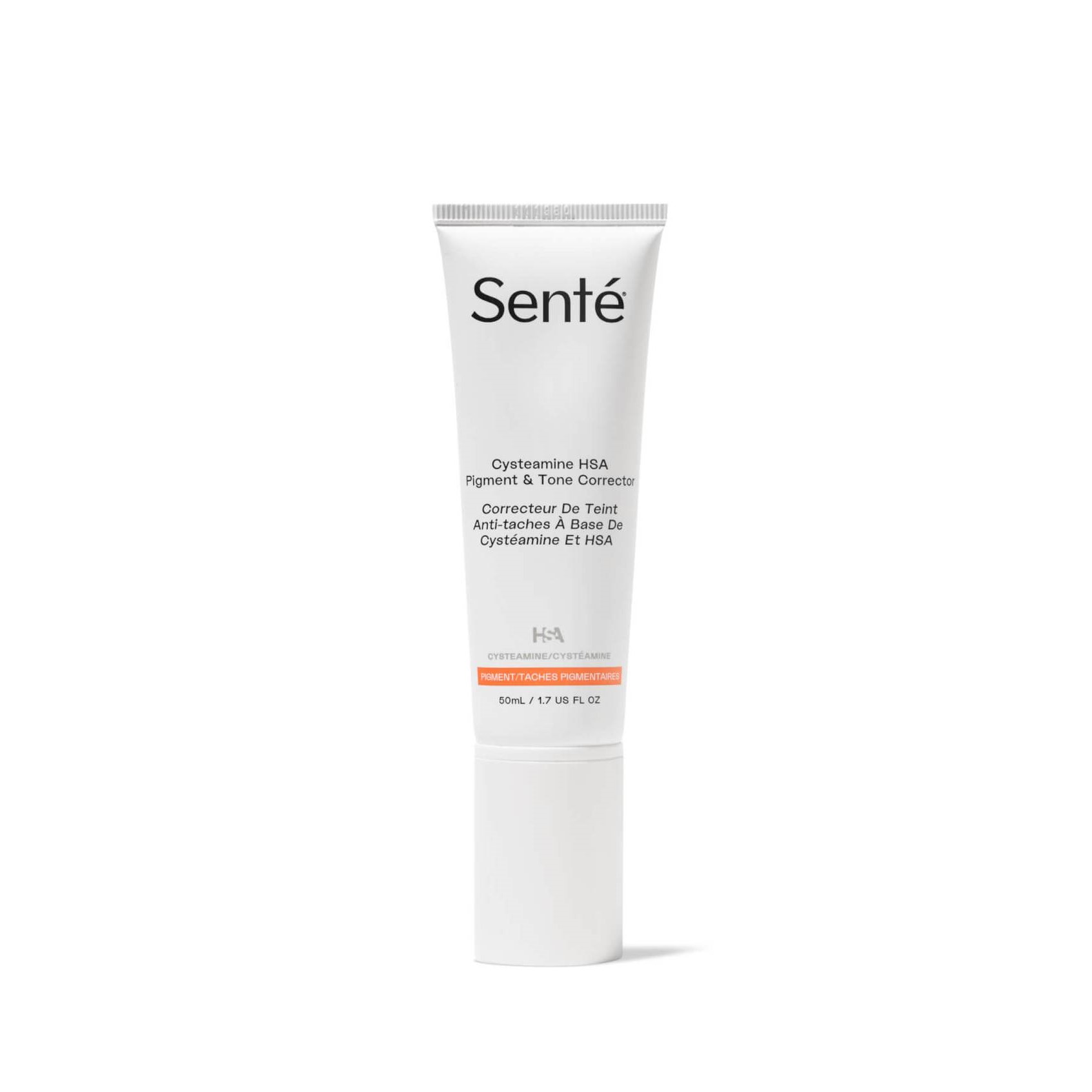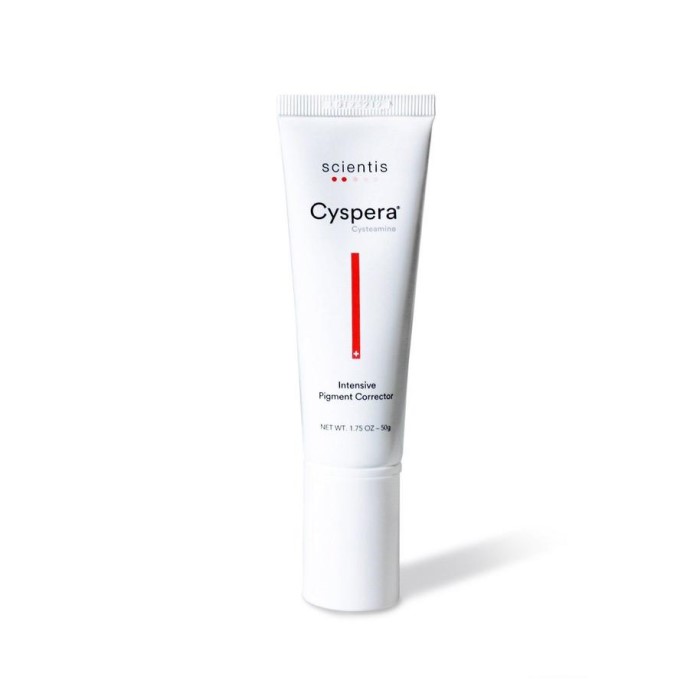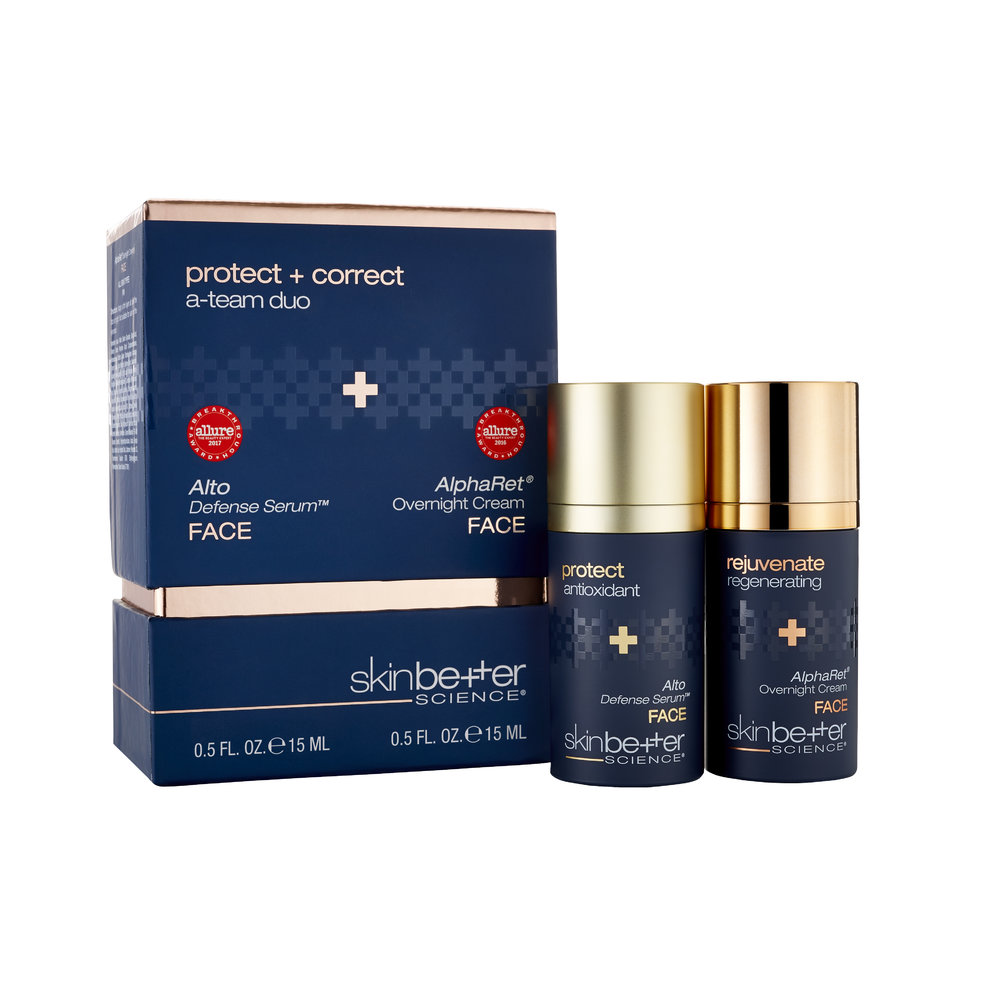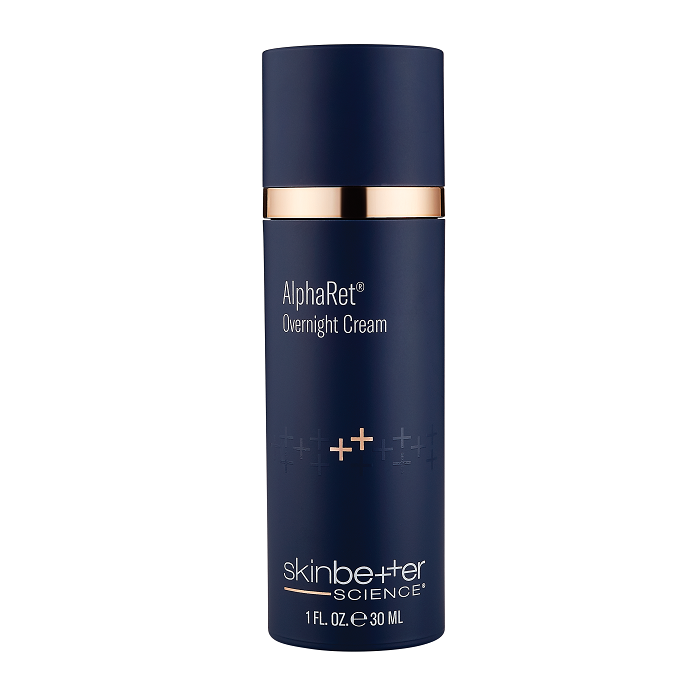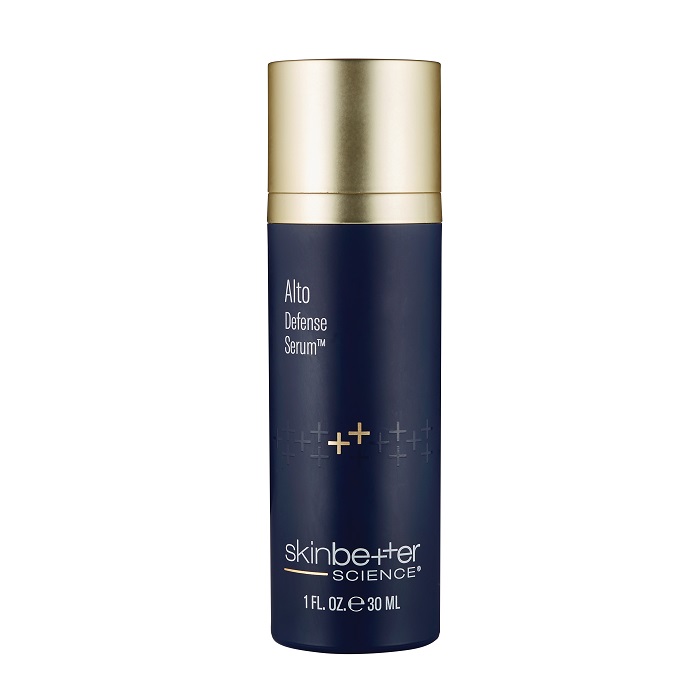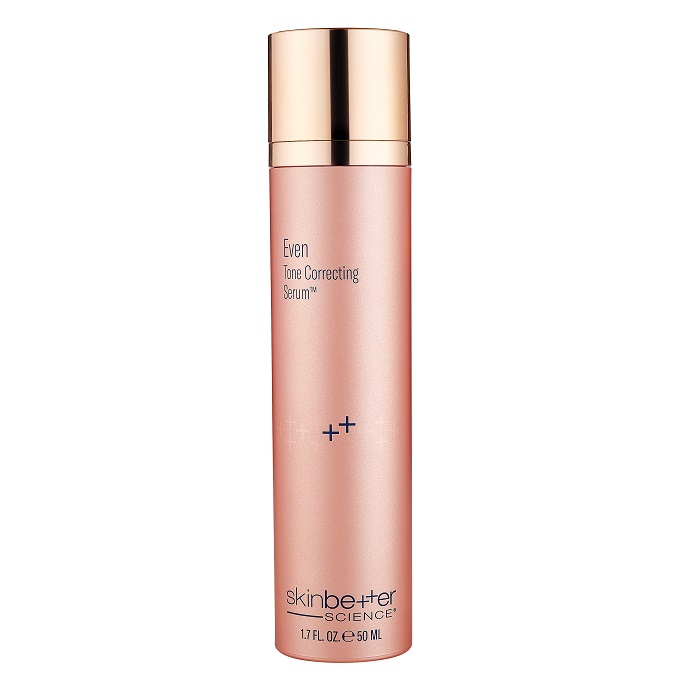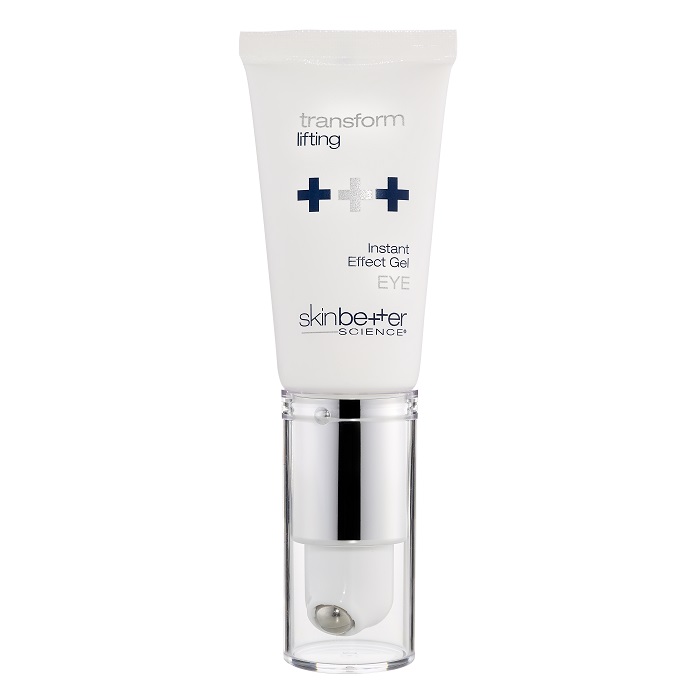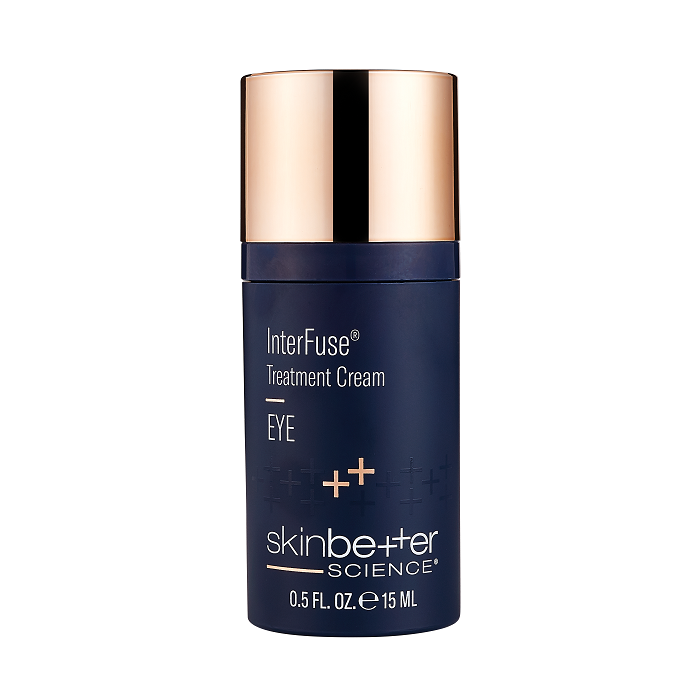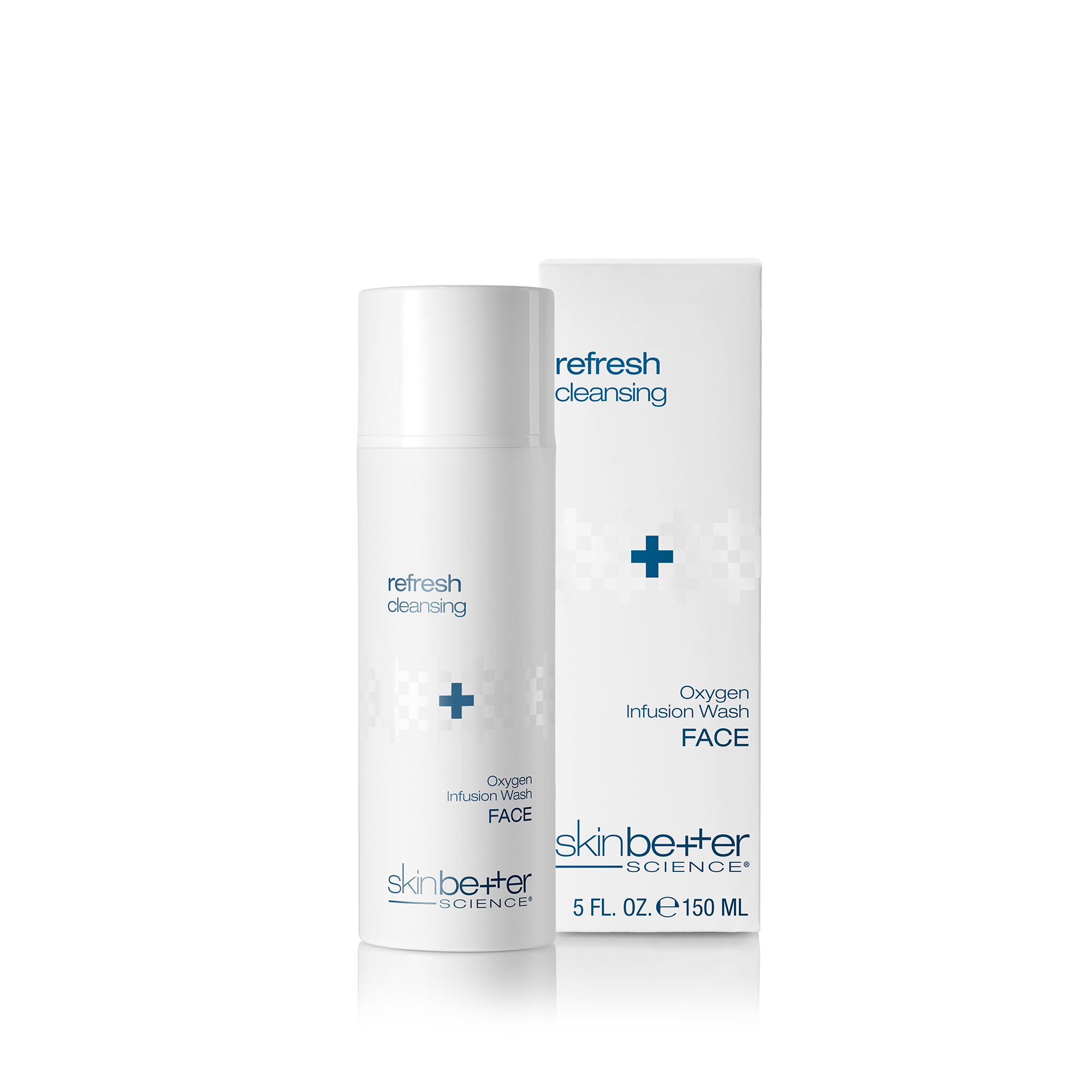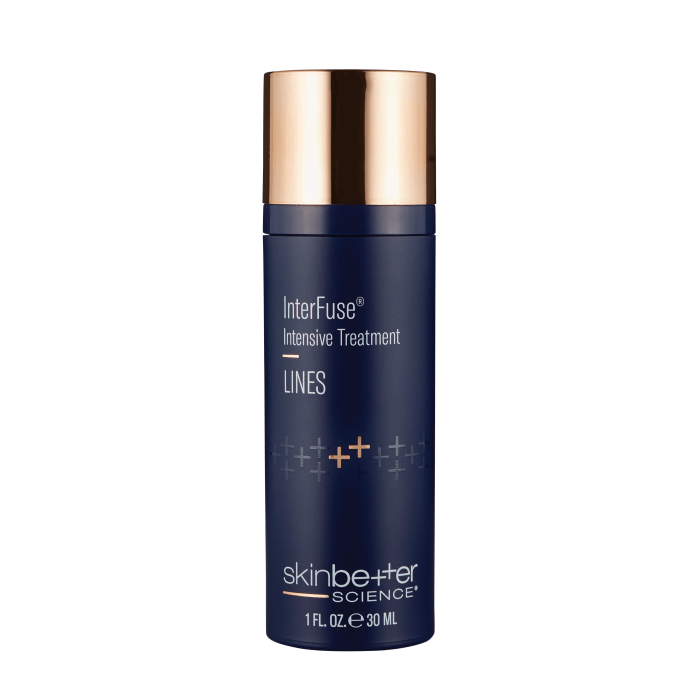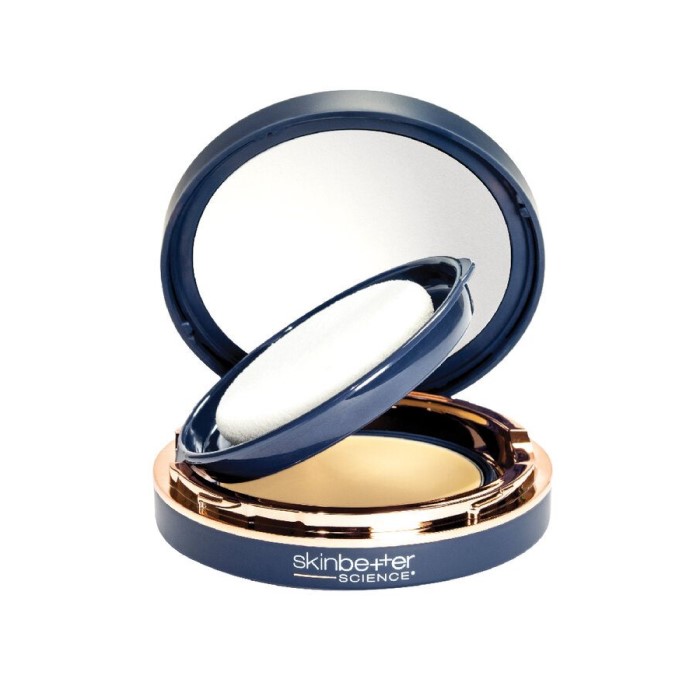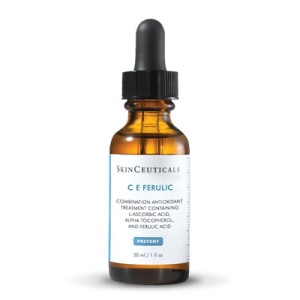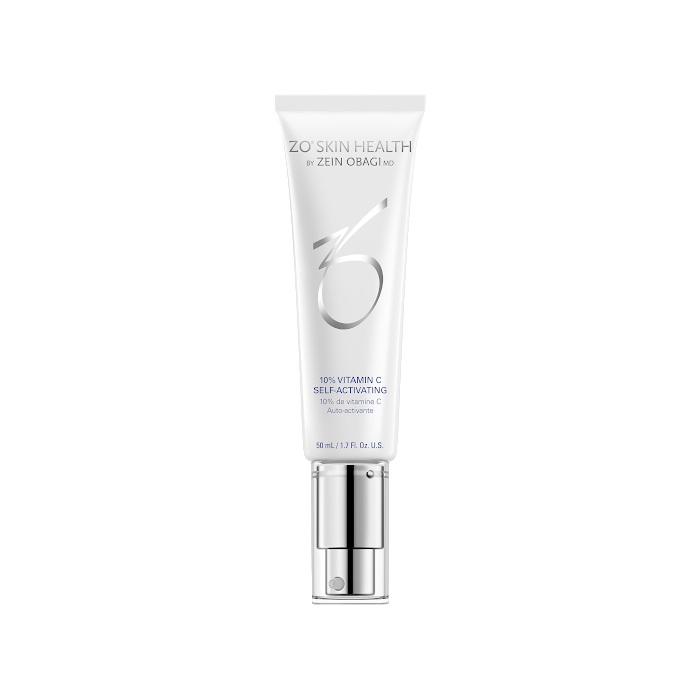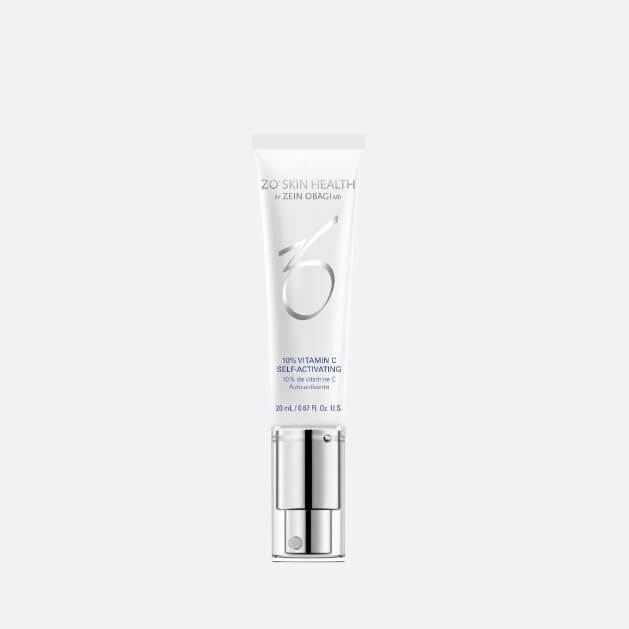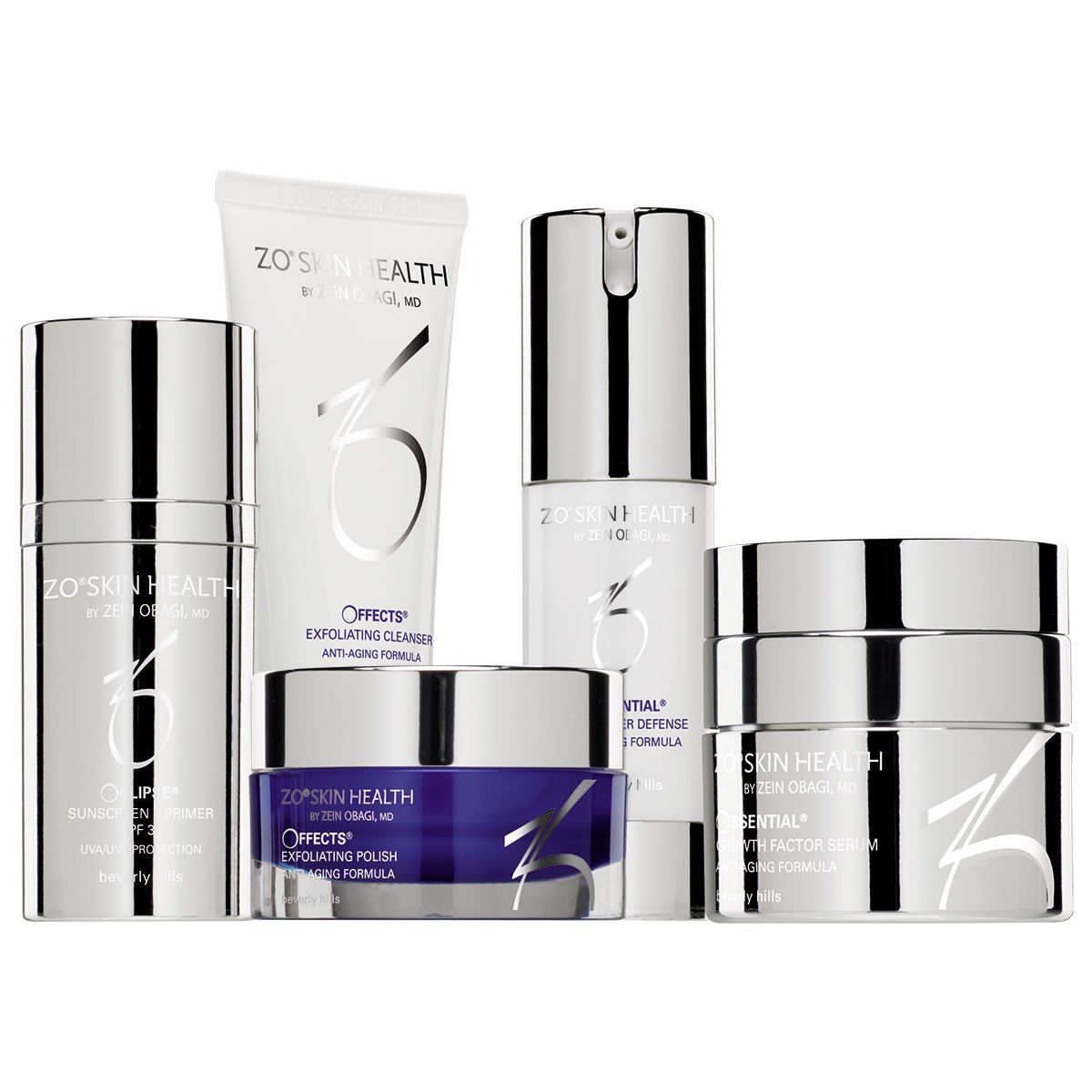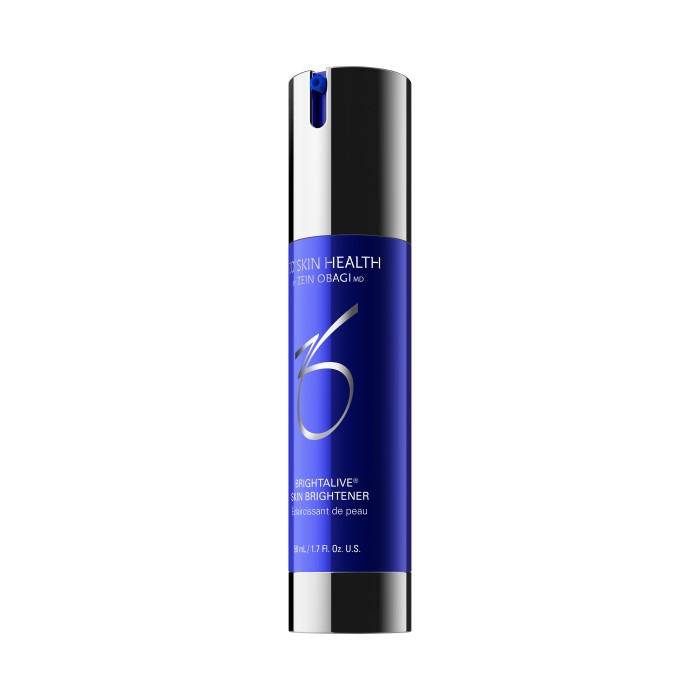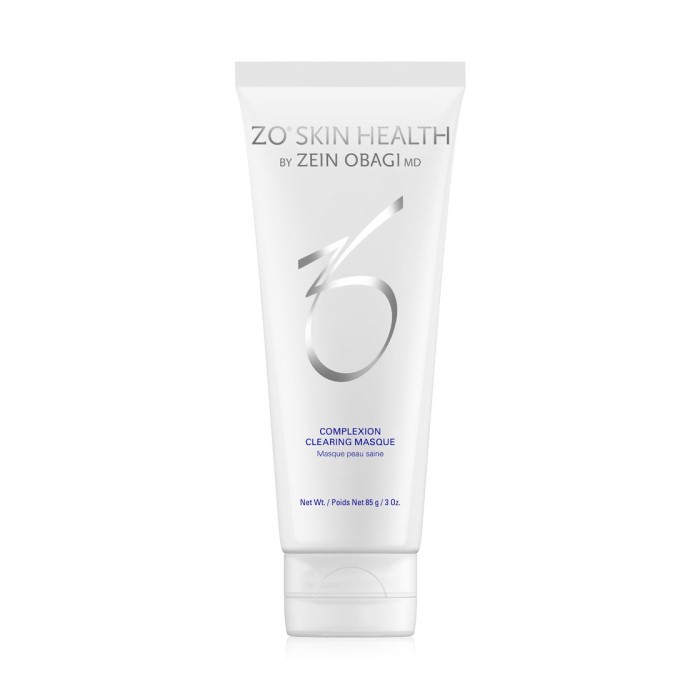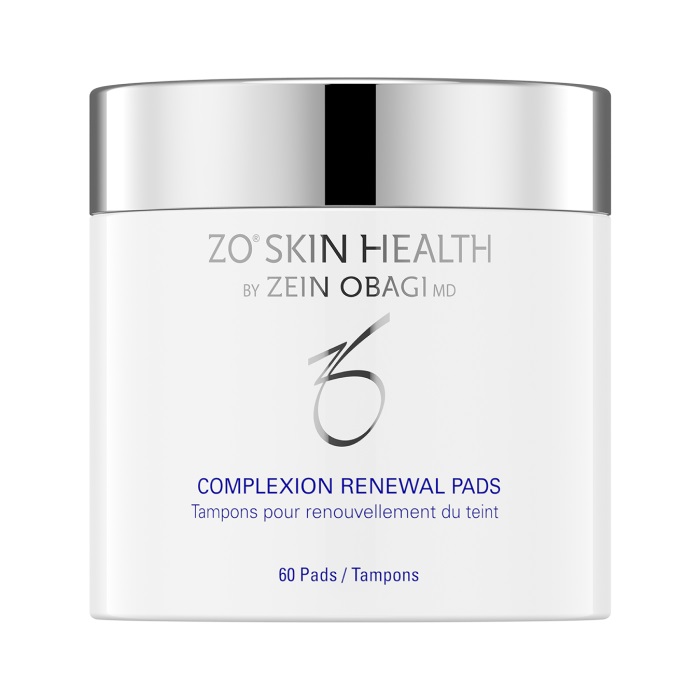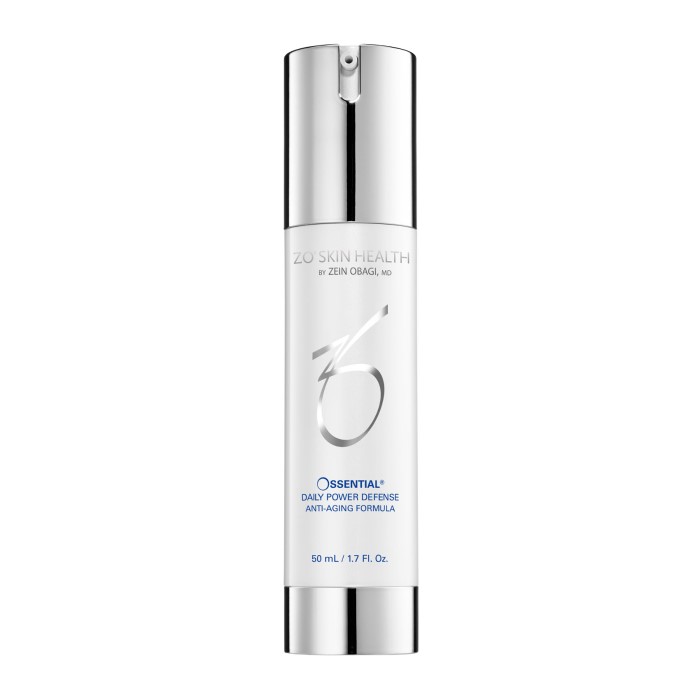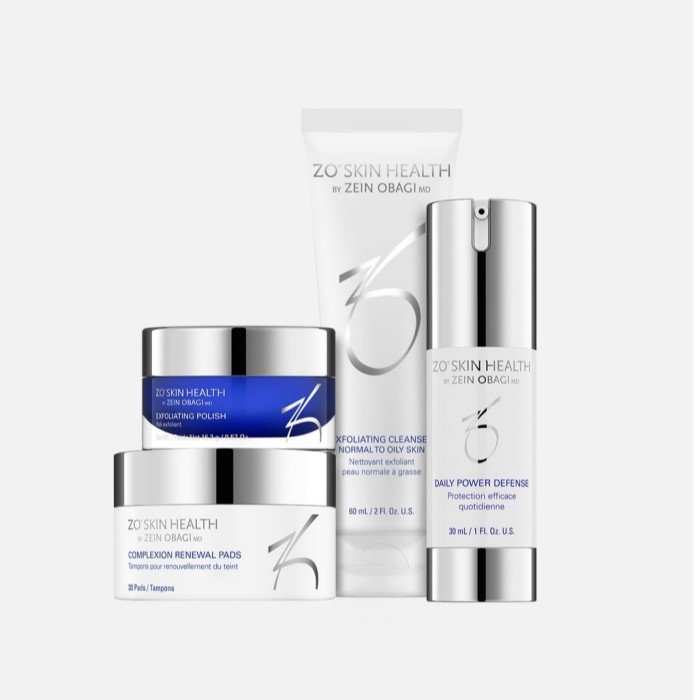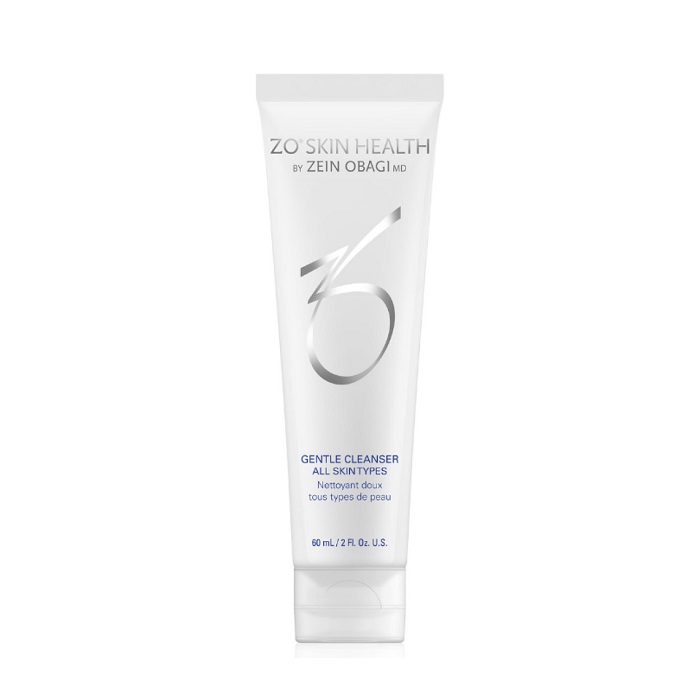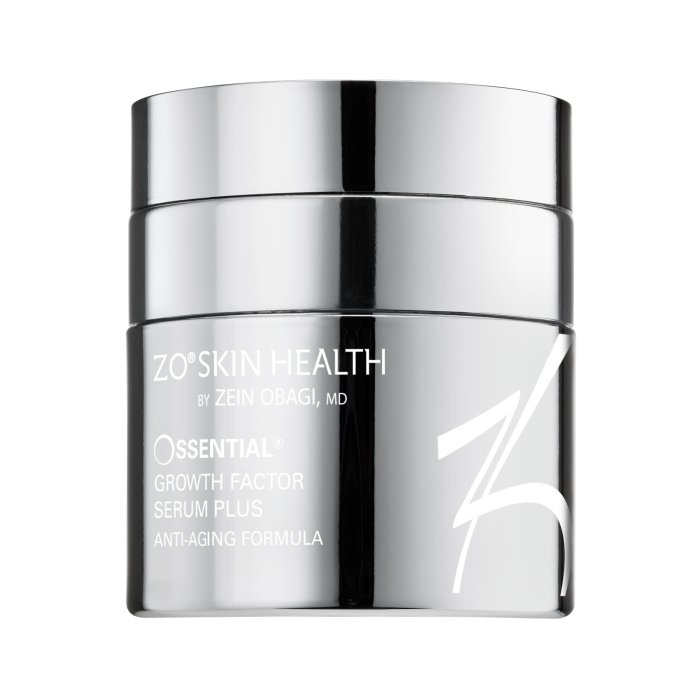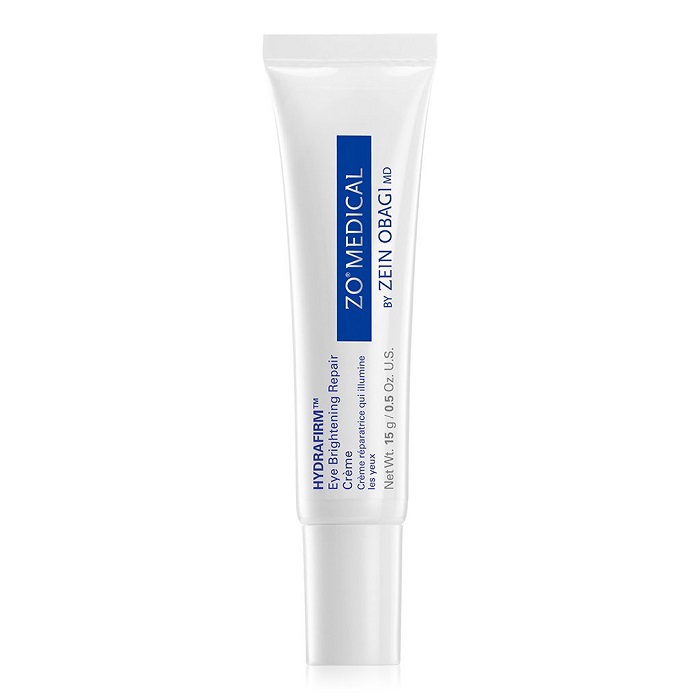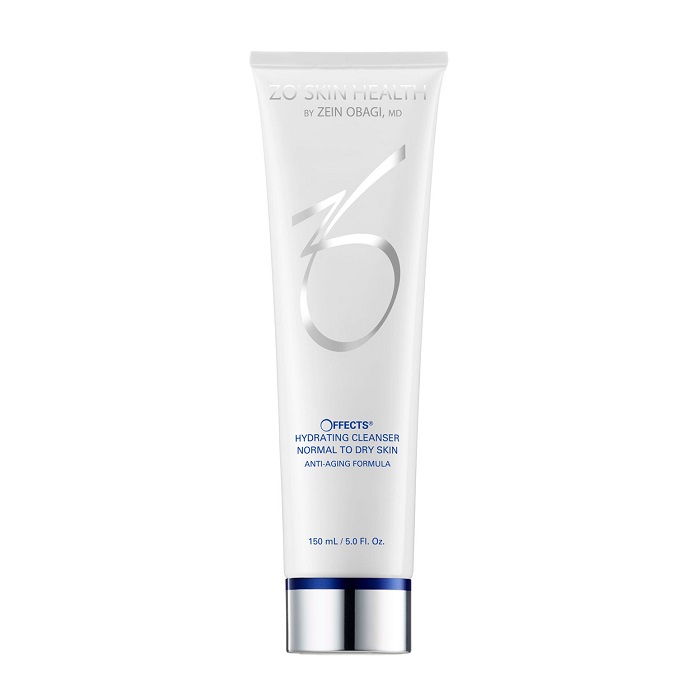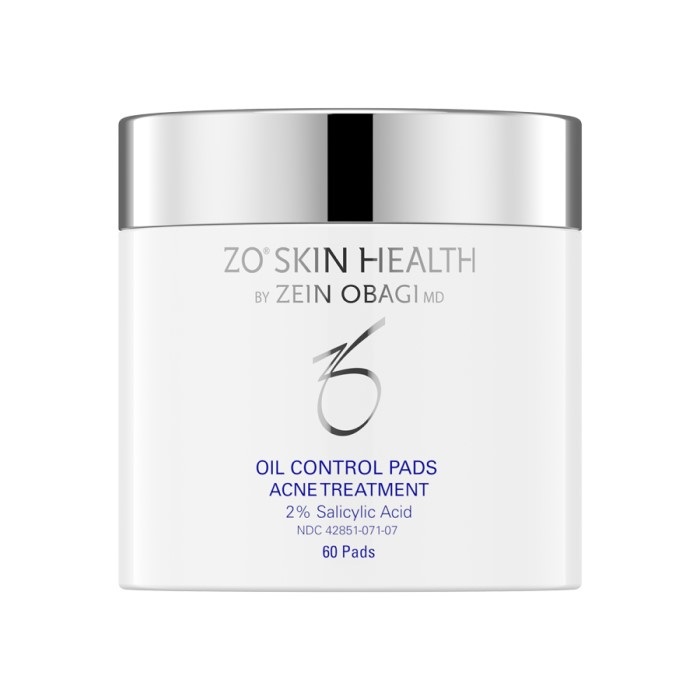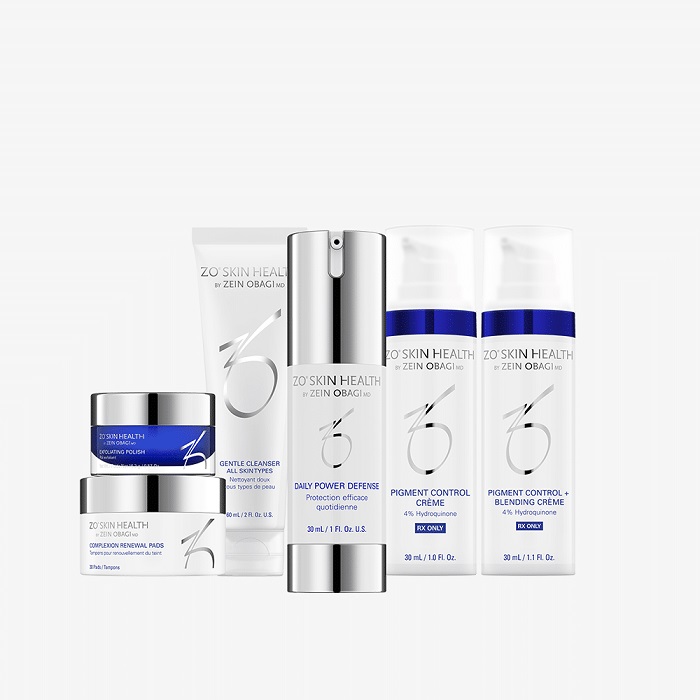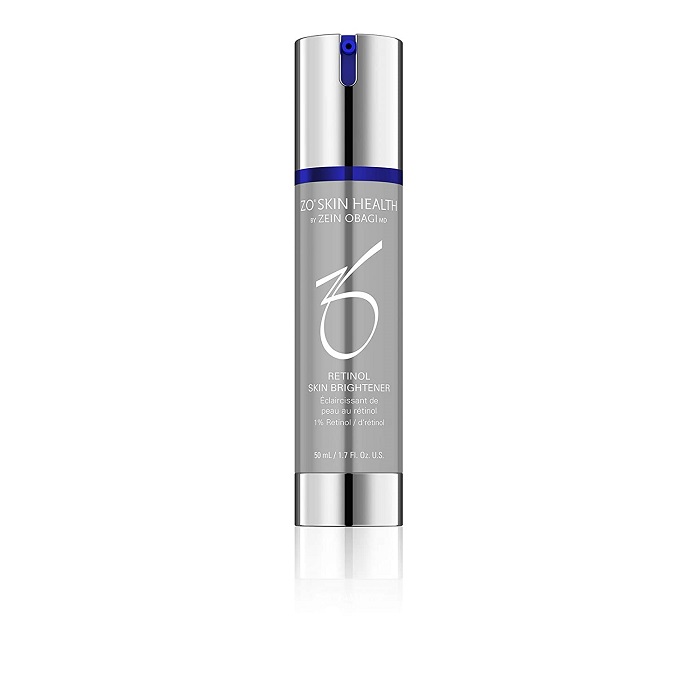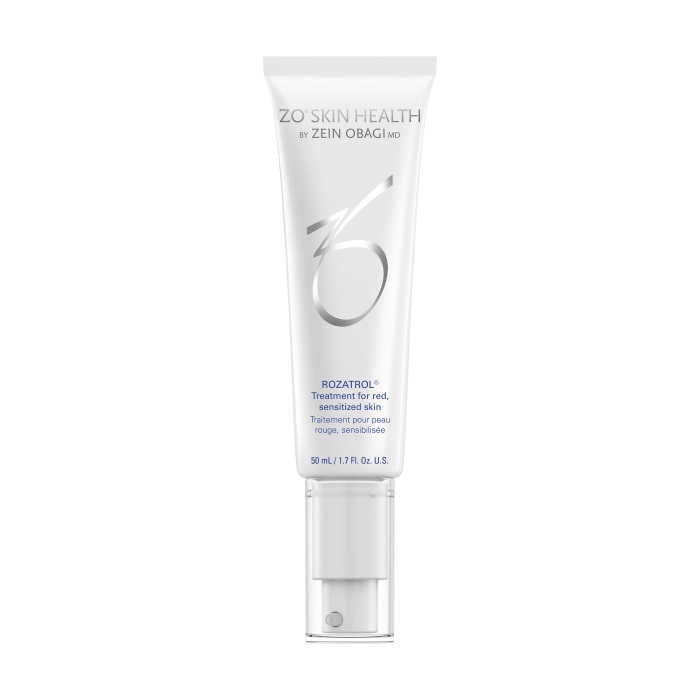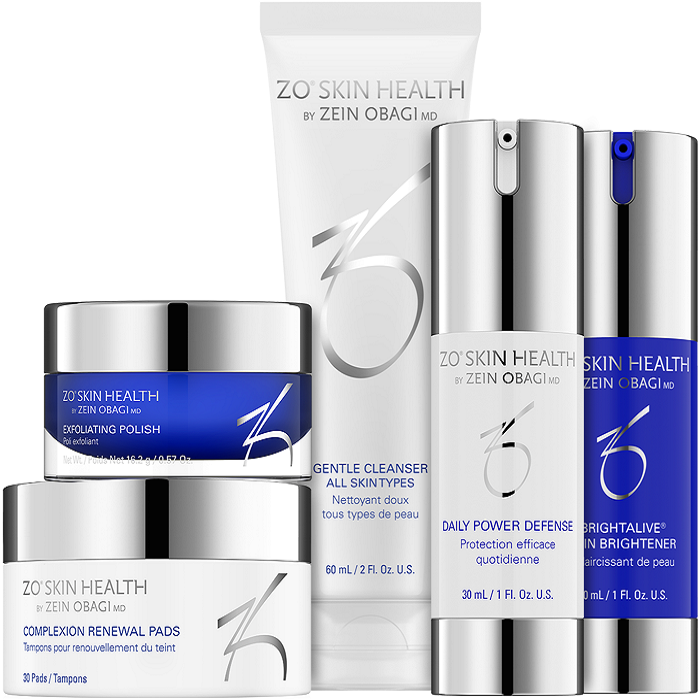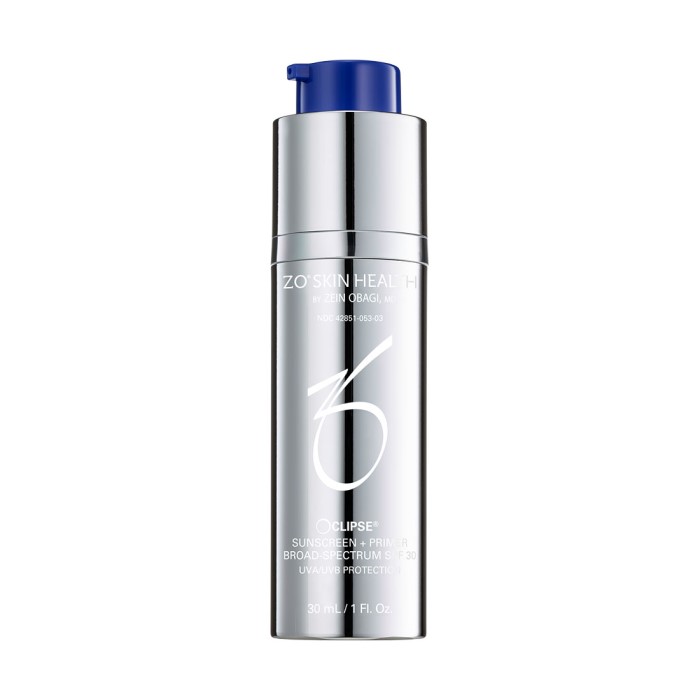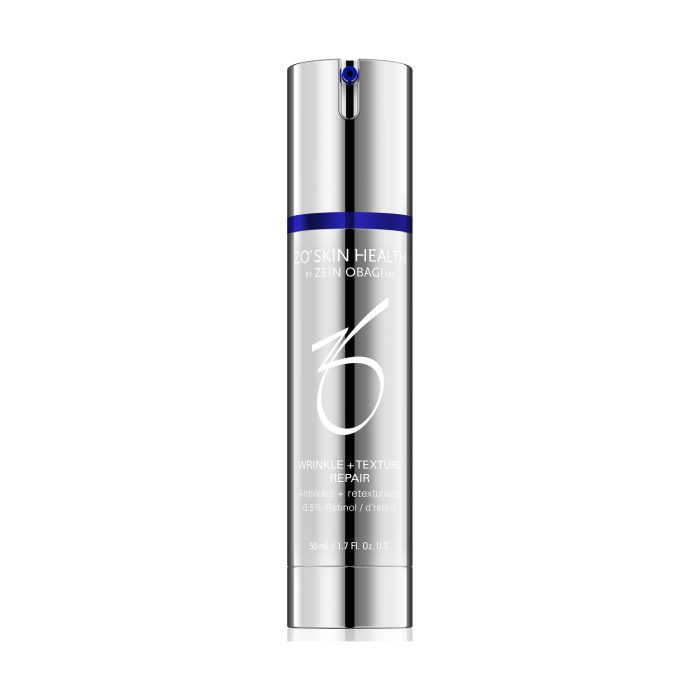Dermatologist in McKinney
U.S. Dermatology Partners McKinney
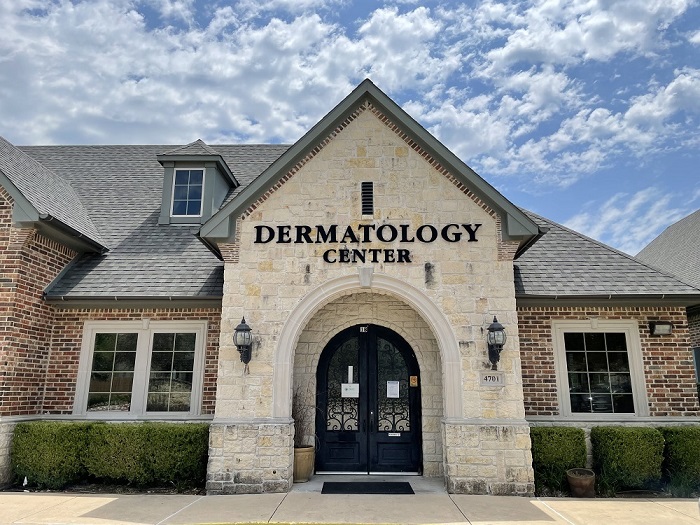
We are located across the street from Medical City McKinney Hospital, on Medical Center Drive, between Exult Healthcare and Comprehensive OB/GYN.
Get Directions|
Monday: |
8:00AM - 4:00PM |
|
Tuesday: |
8:00AM - 4:00PM |
|
Wednesday: |
7:30AM - 4:00PM |
|
Thursday: |
8:00AM - 4:00PM |
|
Friday: |
7:30AM - 2:00PM |
|
Saturday: |
8:00AM - 12:00PM* |
|
Sunday: |
Closed |
|
|
|
|
|
*Open One Saturday a Month. Contact Office for More Information. |
Meet the Team
Book an appointment with a provider.

Brittany Schupbach, MPAS, PA-C
General DermatologySkin CancerCosmetic Dermatology
Accepting New Patients
About Our Dermatologist Office in McKinney
Our McKinney, TX dermatology practice is dedicated to providing exemplary dermatologic care for patients of all ages in a comfortable, caring environment.
At U.S. Dermatology Partners McKinney, formerly Center for Dermatology McKinney, our number one goal is helping you achieve beautiful and healthy skin. At our state-of-the-art facility, our patients are able to receive the highest standard of care in medical dermatology, surgical dermatology, and cosmetic treatments in the DFW metroplex. With our help, you can not only look better but also feel more confident as you go about your life.
Our Board-Certified Dermatologists are dedicated to diagnosing your skin conditions and developing a personalized treatment plan that has you feeling and looking your best.
General Dermatology
We enjoy providing care for the entire family and relish the trust that we build with every dermatology patient. Our dermatologists in McKinney see patients of all ages and skin types for general and cosmetic dermatology. We treat skin conditions such as acne, psoriasis, eczema, and more. In addition to our dermatology services, we offer aesthetic and laser services. Some of the more common aesthetic services include acne treatments, Botox, chemical peels, and much more! You can view a complete list of our services below.
The compassionate staff at our McKinney dermatology clinic will provide you with personalized service based on your unique experiences. You deserve to have your skin treated with gentle, personalized care.
Cosmetic Dermatology
Our board-certified dermatologists offer a full menu of cosmetic services which include treatments such as injectables and dermal fillers, Kybella, skin lightening, and scar treatments.
Our team is genuinely concerned for your wellbeing and only practices safe and clinically proven dermatology treatments. We appreciate the opportunity to take care of your skin needs.
Our McKinney Dermatology Clinic
We are proud to serve the surrounding neighborhoods and areas of McKinney, Texas:
- Plano
- Allen
- Frisco
- Fairview
- New Hope
- Princeton
- Lowry Crossing
- Lucas
- Parker
LEARN MORE
Special Promotion
Contact Us
For general inquiries or if you would like to request a call back, please click below to fill out our contact form.
Contact UsWhat Our Patients Say
Source : Google – Apr 24, 2024
Source : Google – Apr 24, 2024
Source : Google – Apr 24, 2024
Accepted Insurance Plans
- Aetna
- Ambetter
- Americas Choice Provider Network (ACPN)
- Amerigroup
- Baylor Scott & White Quality Alliance
- Blue Cross Blue Shield (BCBS)
- CareNCare
- Christus
- Cigna
- Devoted Health
- Galaxy Health Network
- Health Smart
- Healthcare Highways
- Humana
- Independent Medical Systems (IMS)
- Integrated Health Plan (IHP)
- Medicare
- Multiplan
- National Preferred Provider Network (NPPN)
- Oscar Health
- Prime Health Services Inc
- Private Healthcare Systems (PHCS)
- Provider Select
- Railroad Medicare
- Scott & White Health Plan
- Three Rivers Provider Network (TRPN)
- TriWest Healthcare Alliance (TriWest)
- Tricare
- United Healthcare (UHC)
- WellMed
- Wellcare



